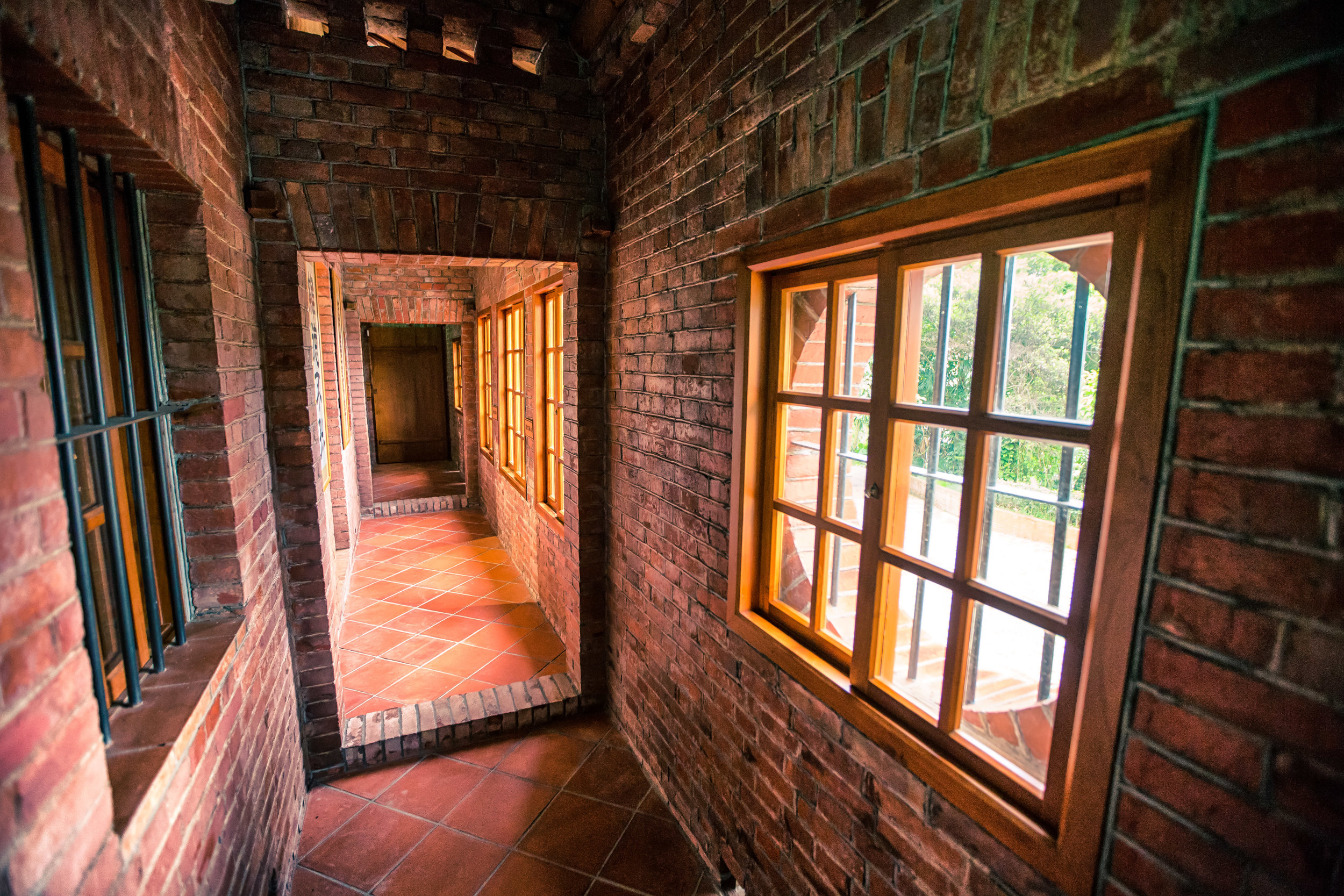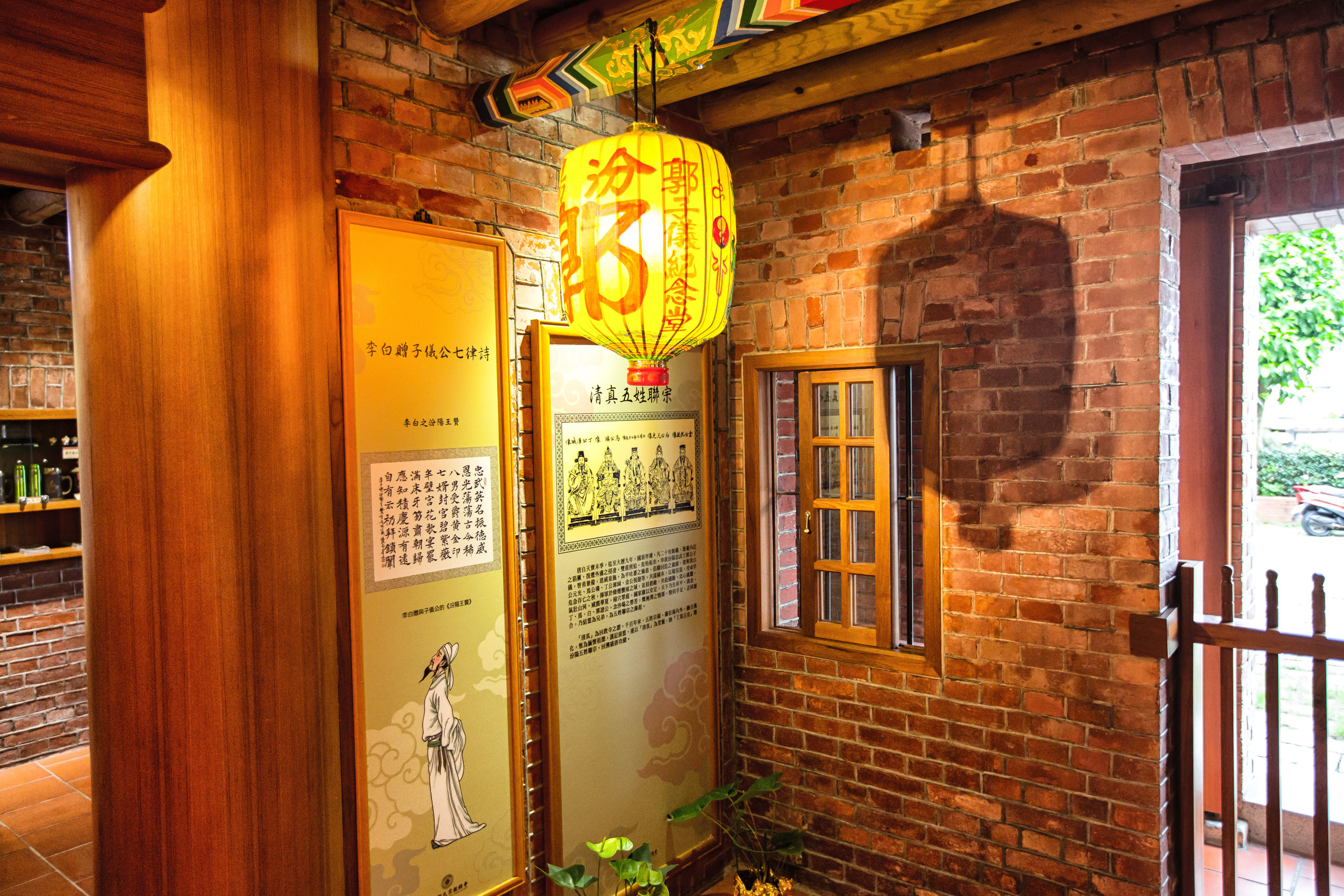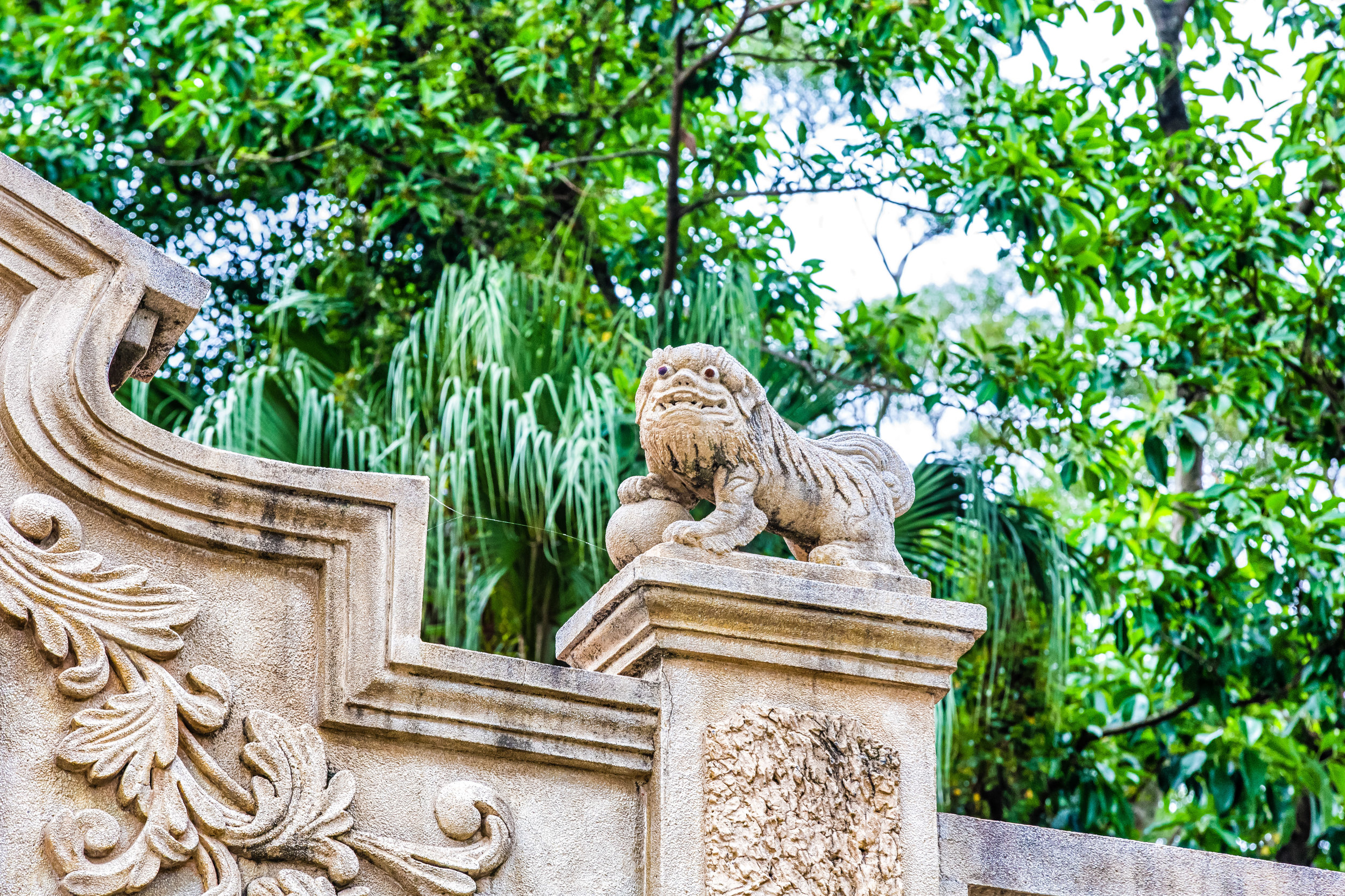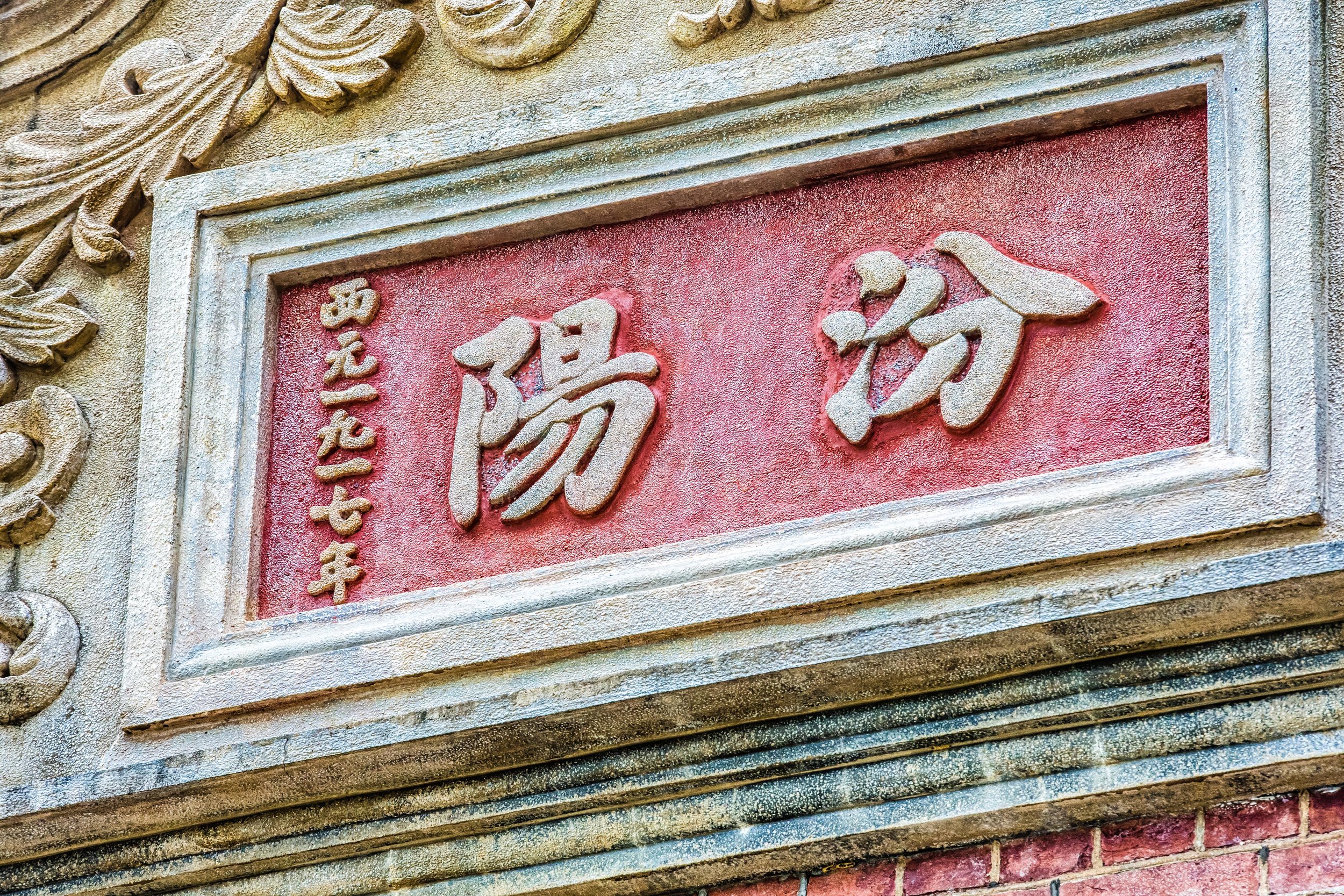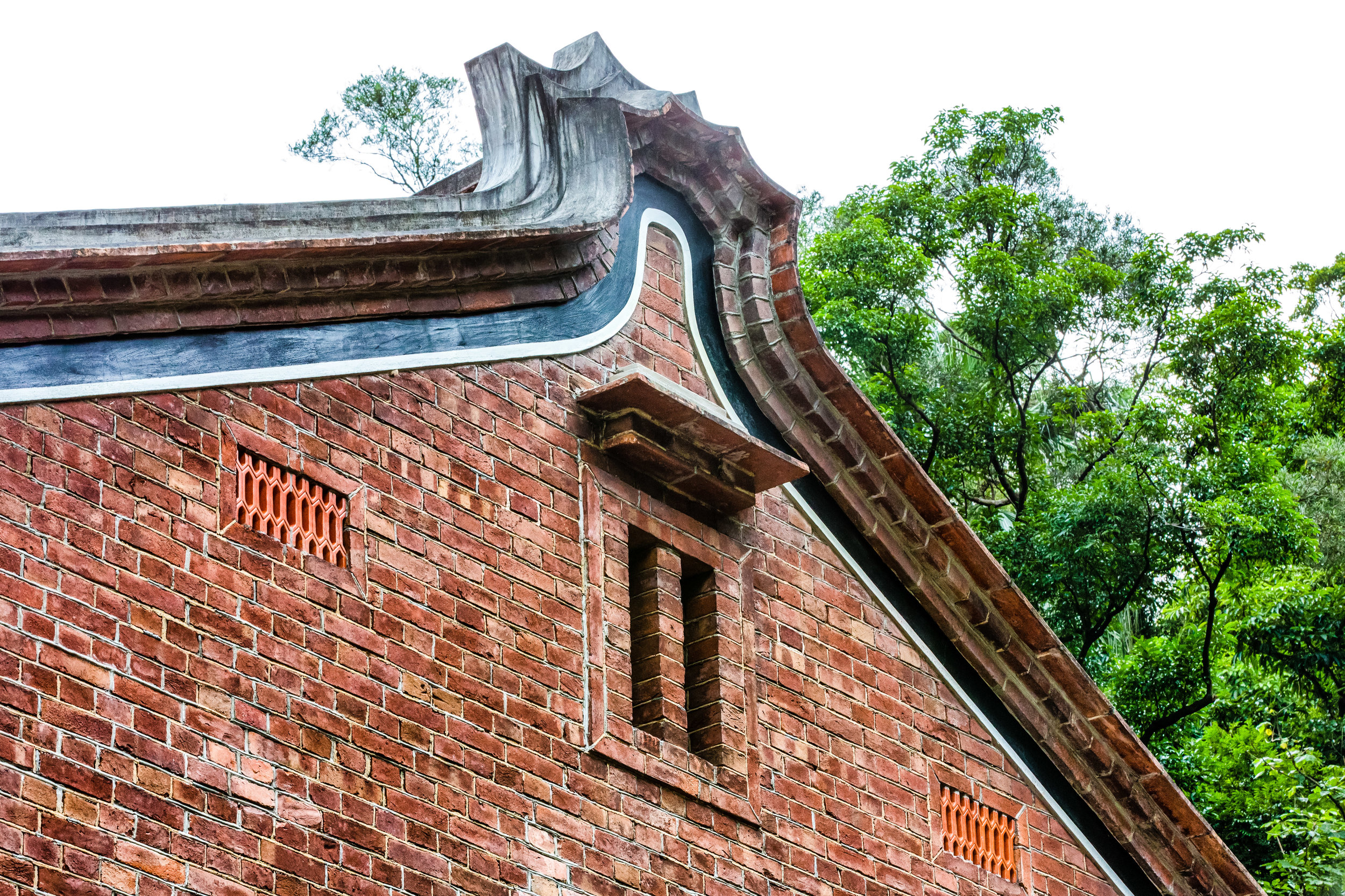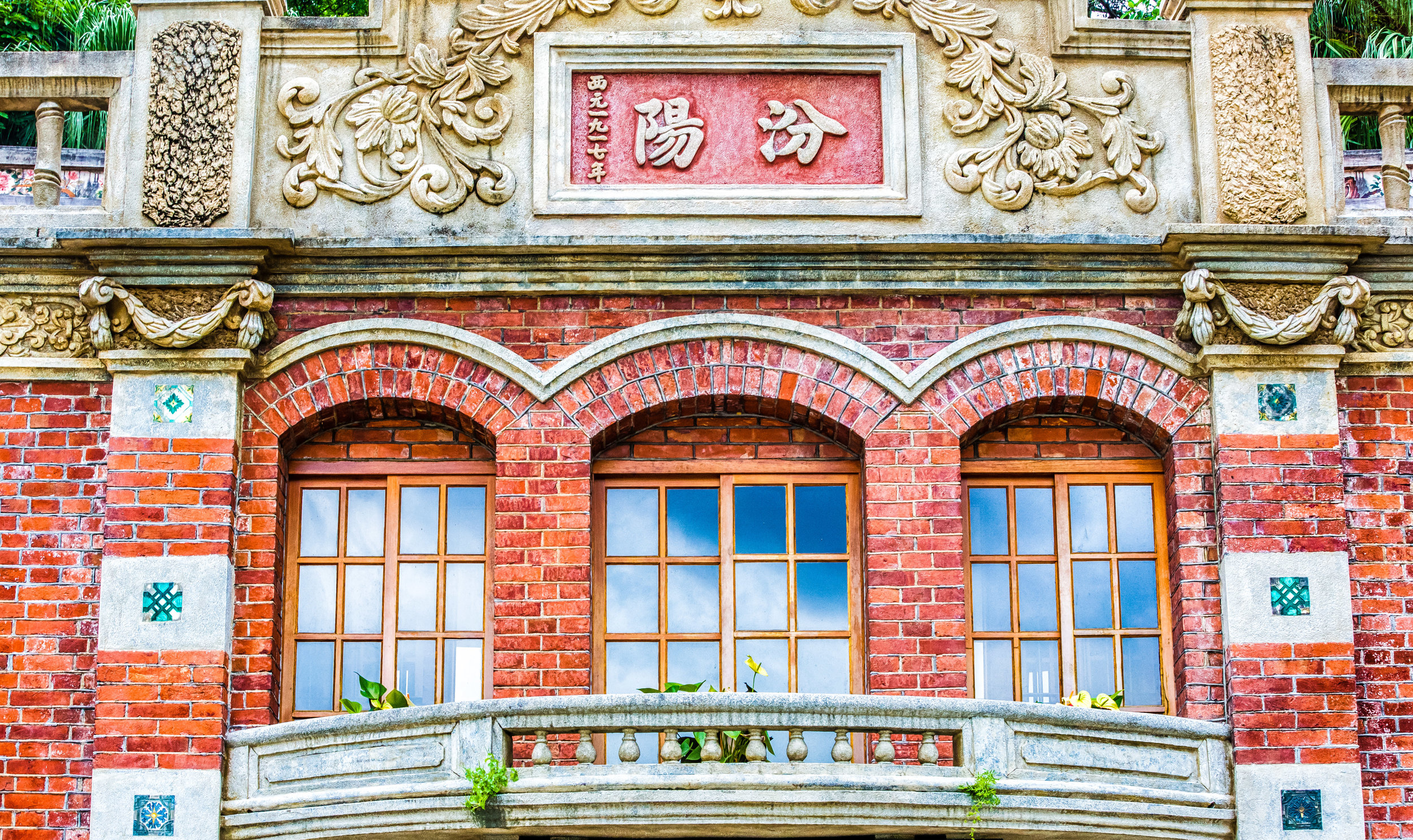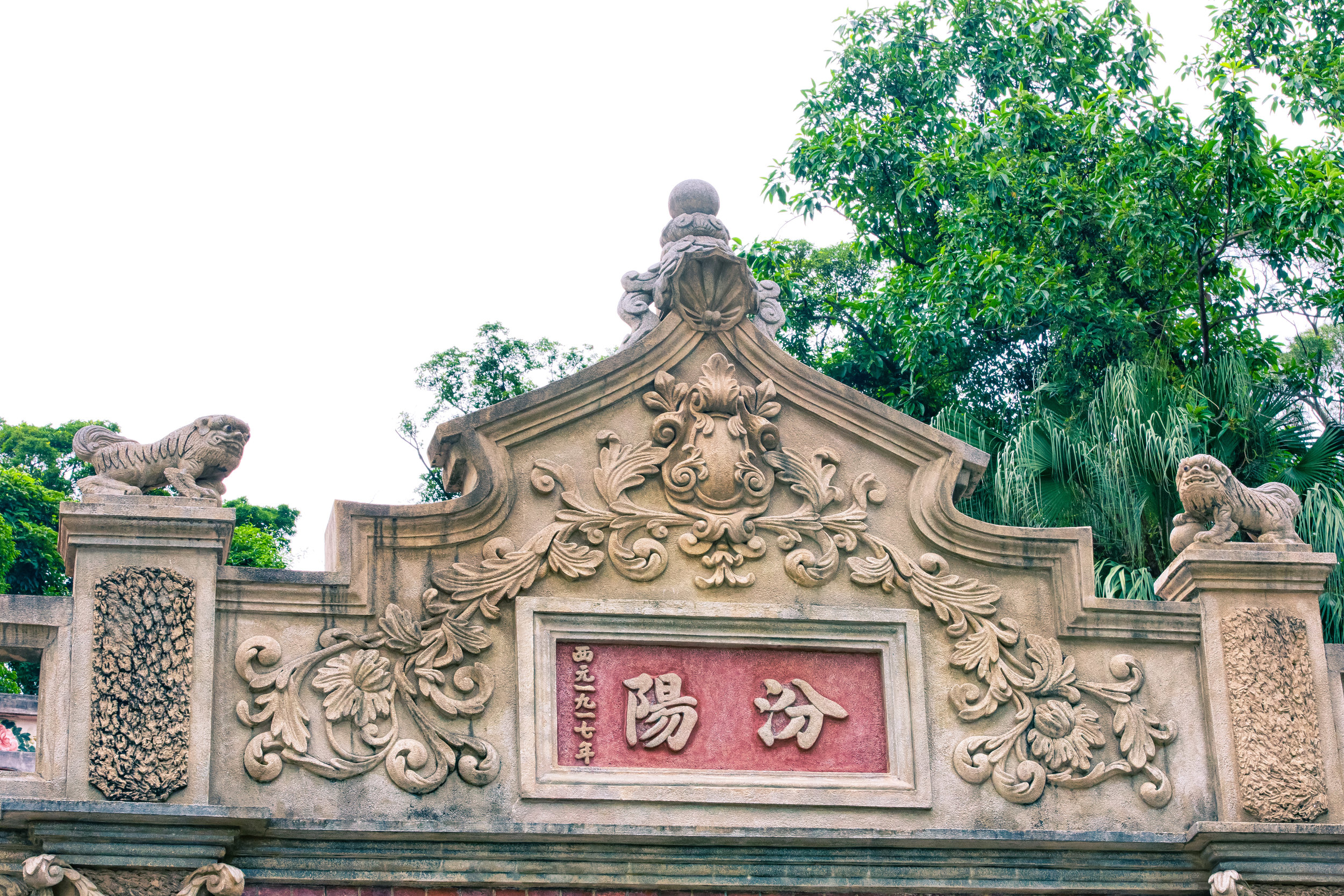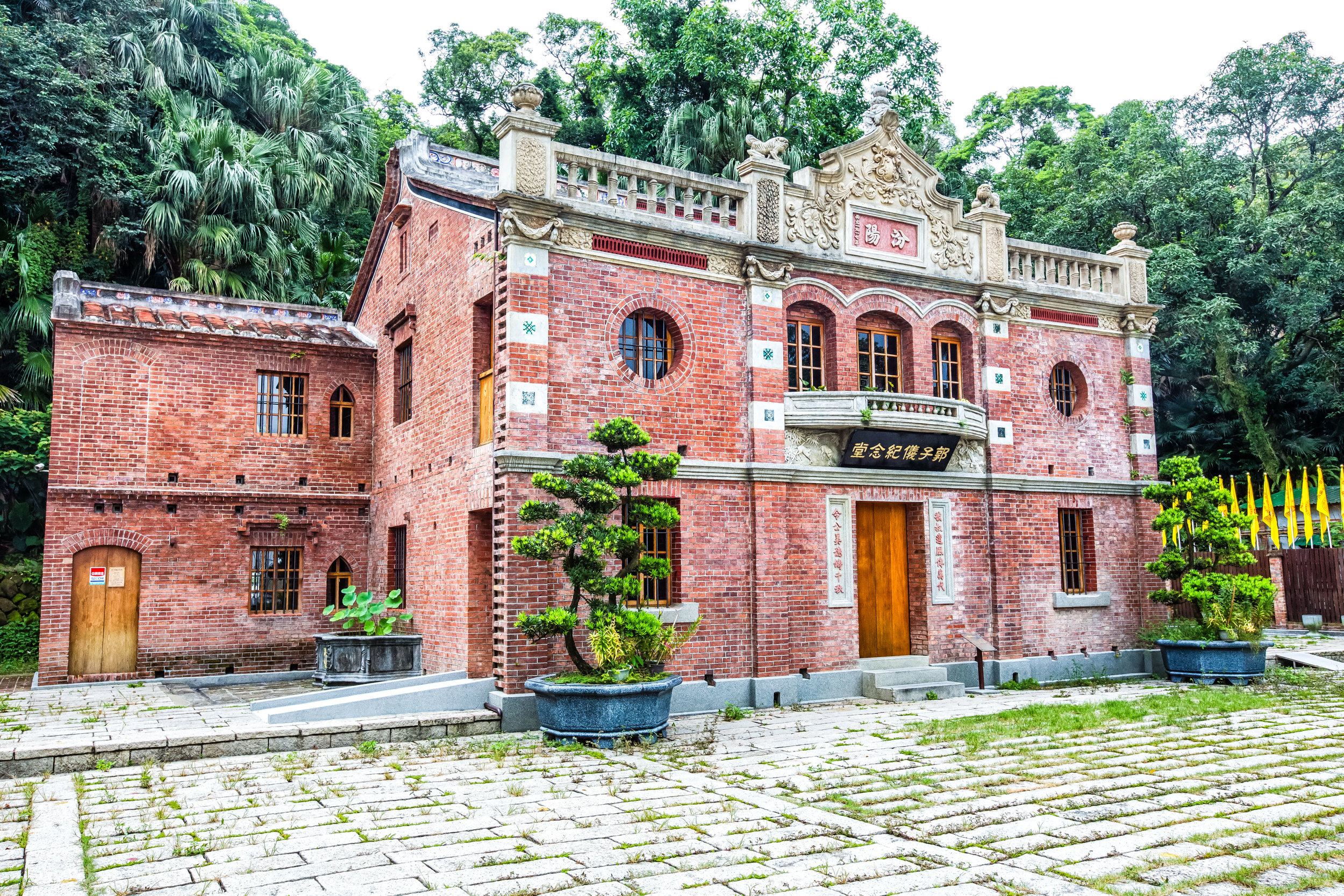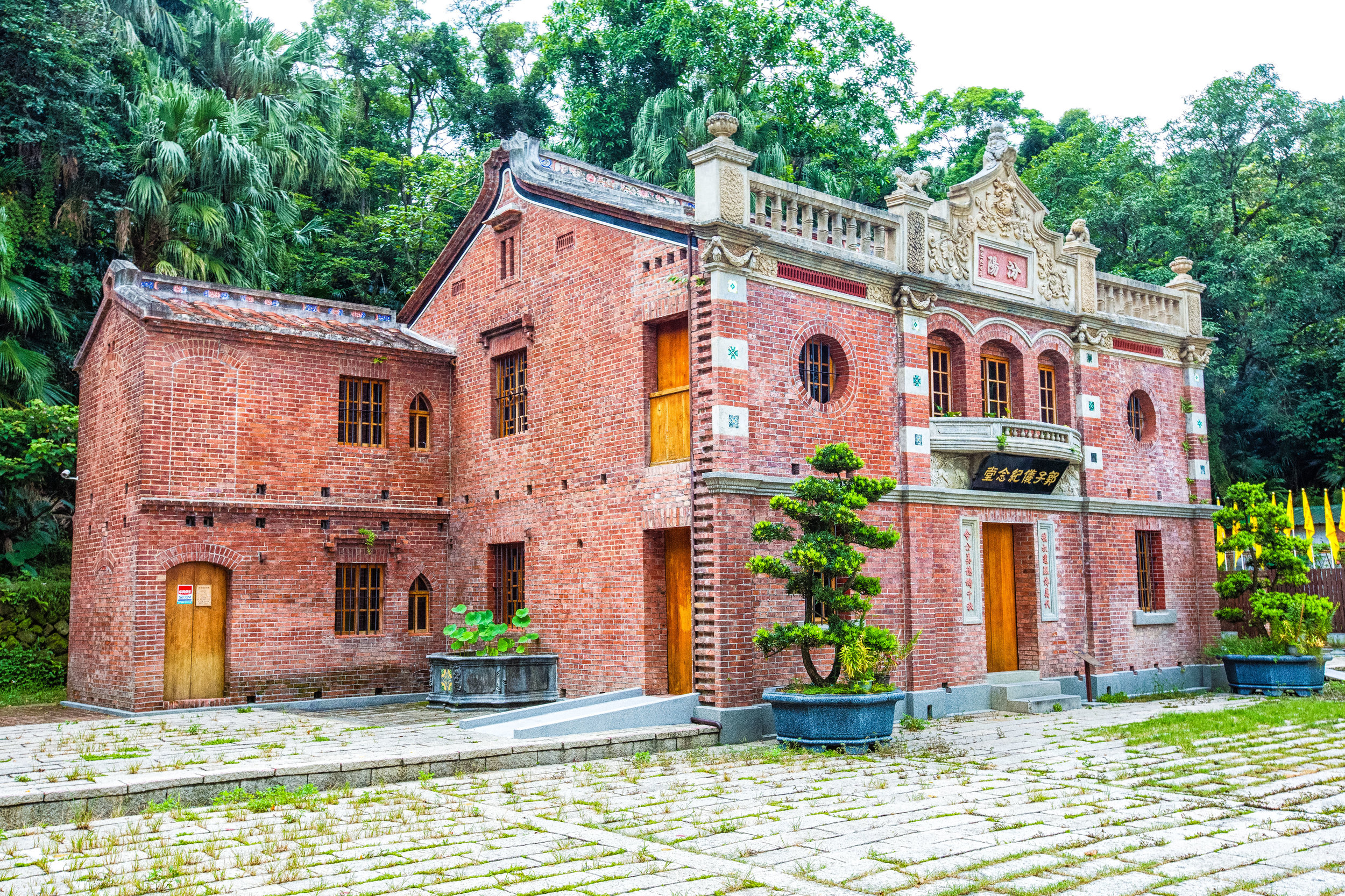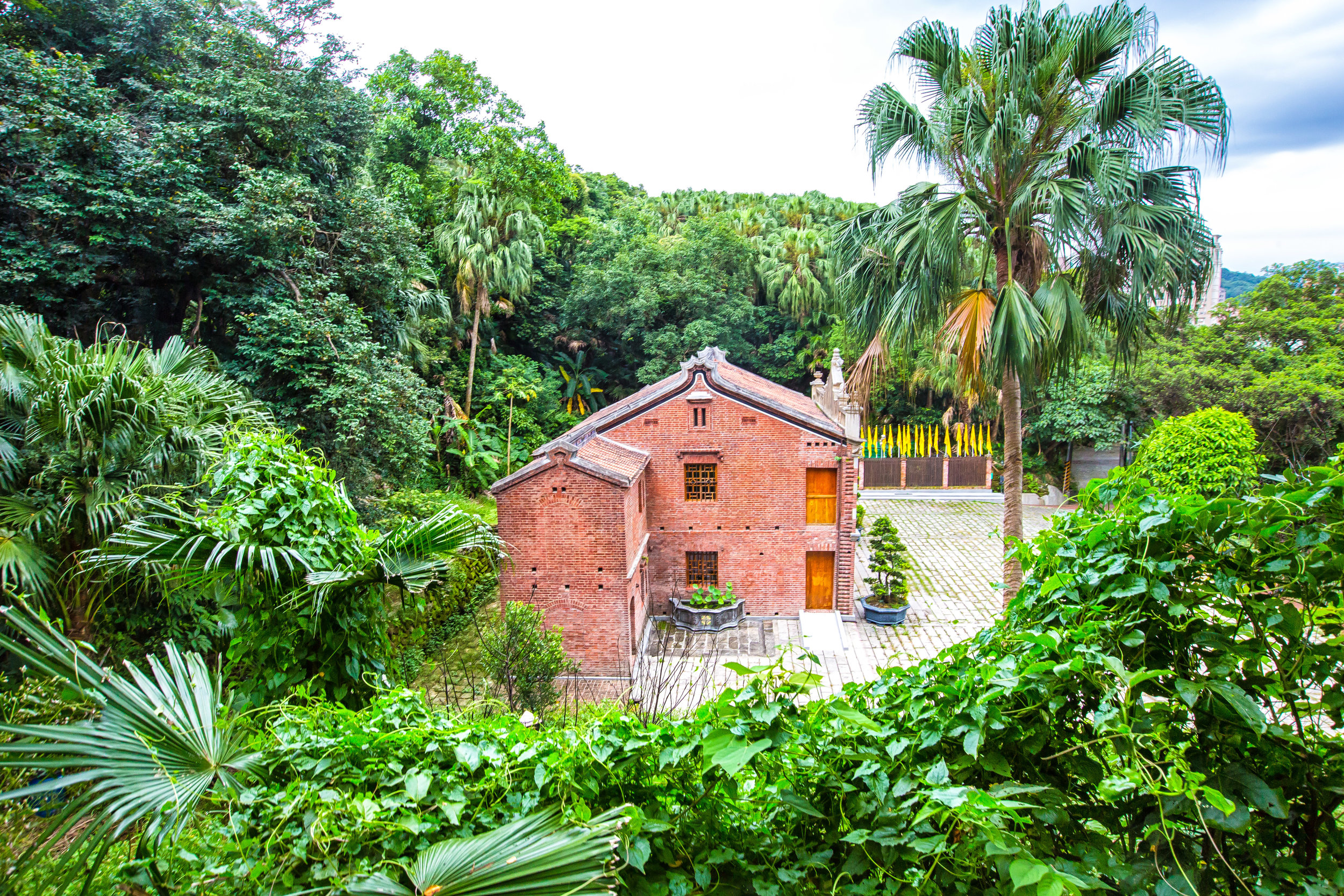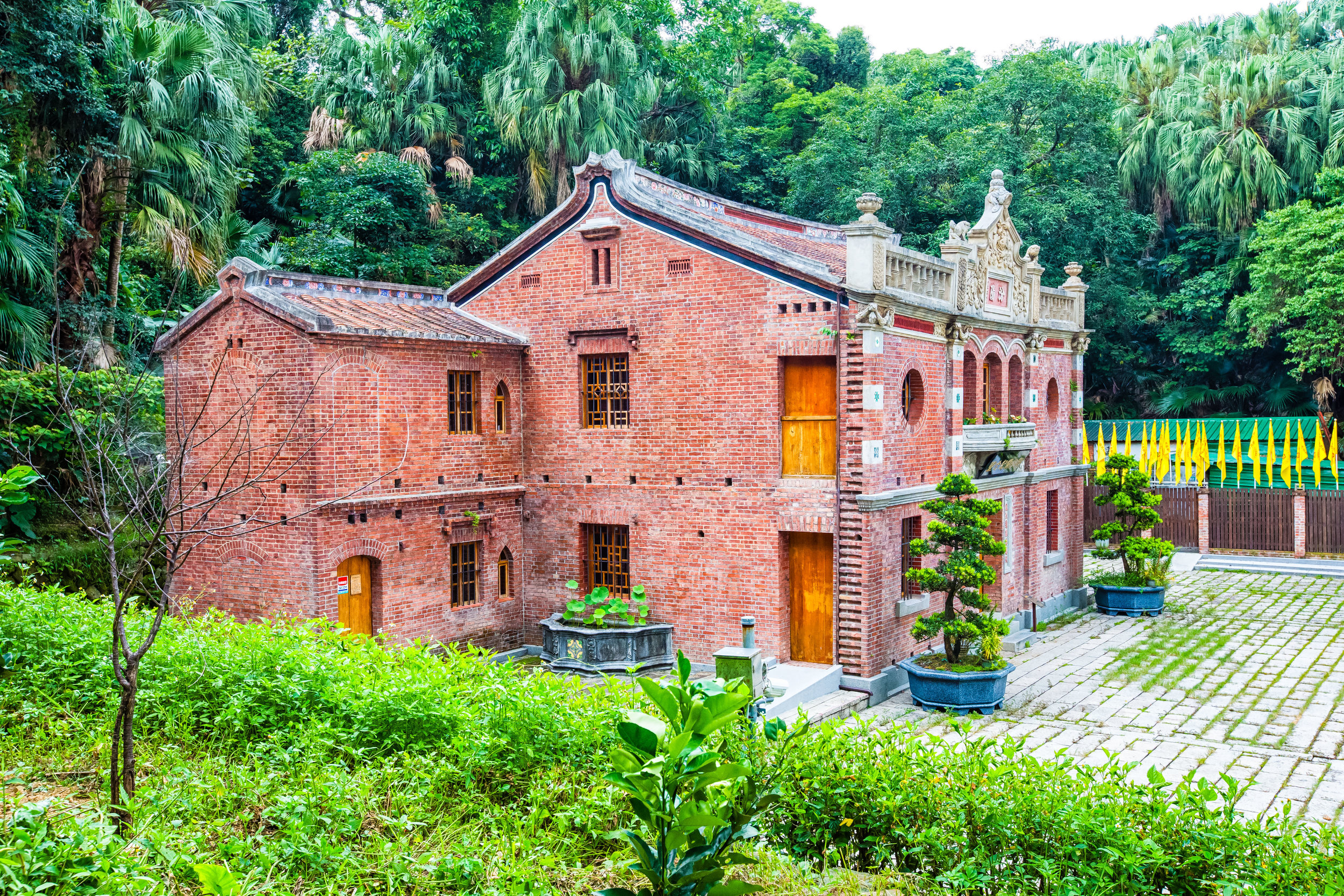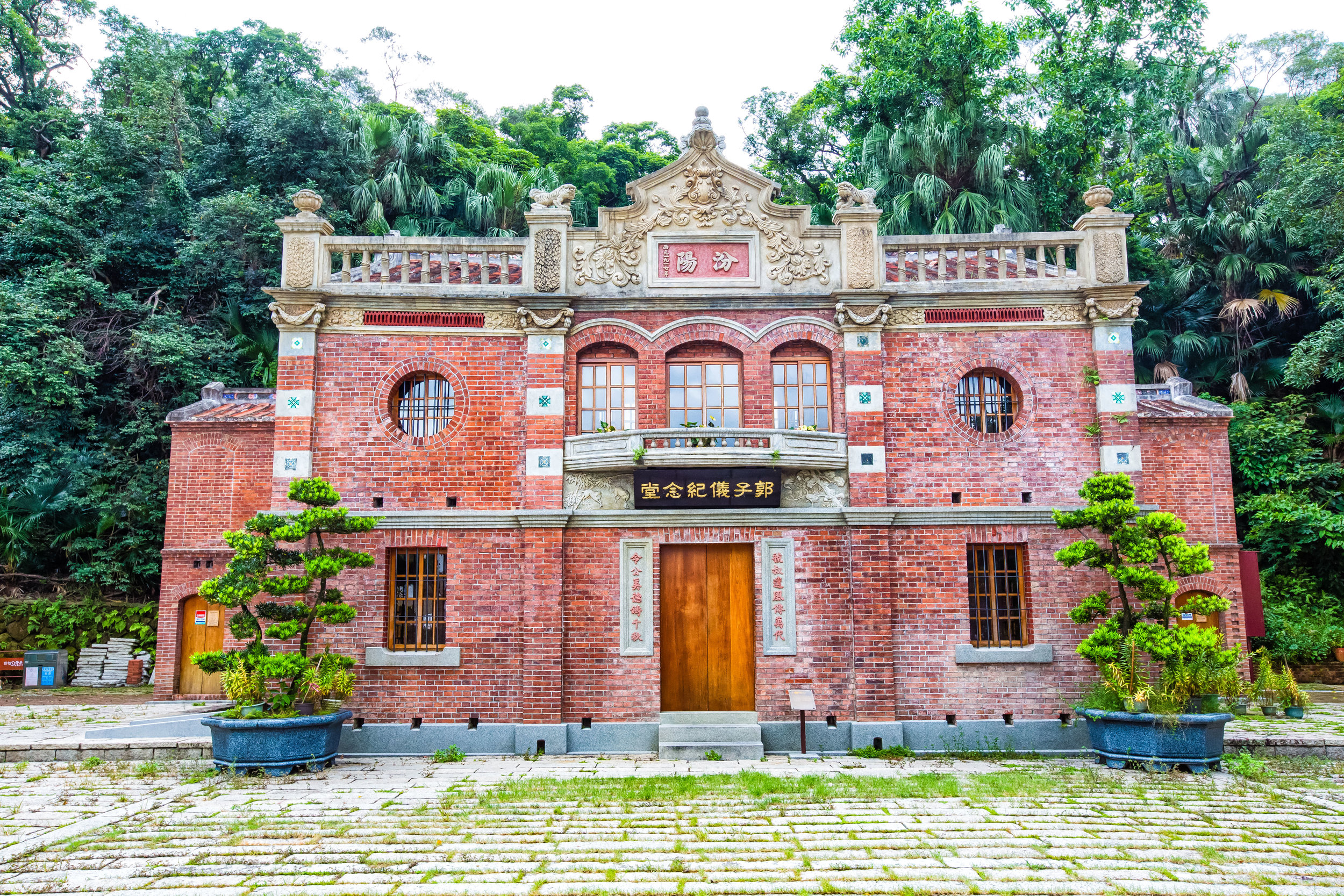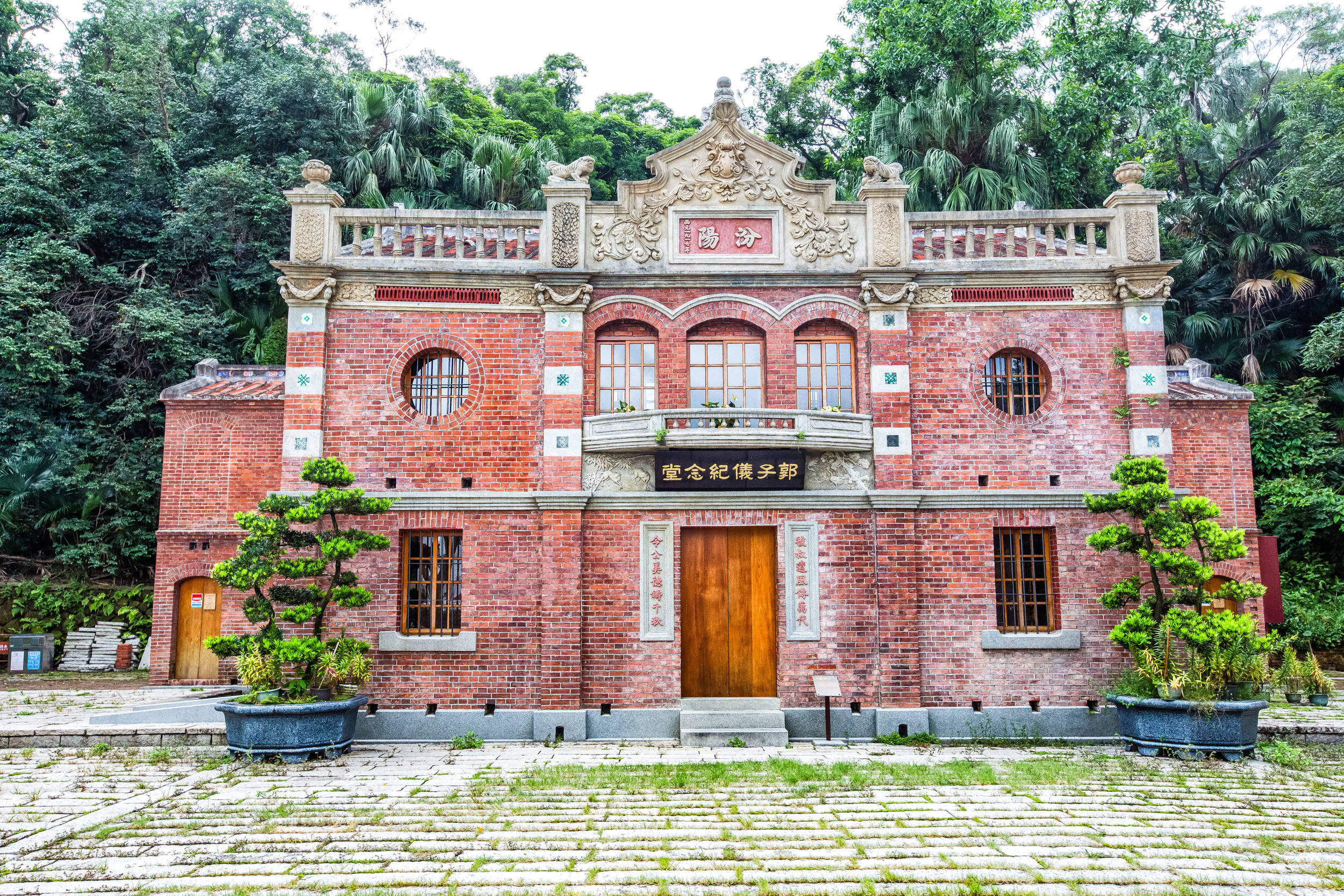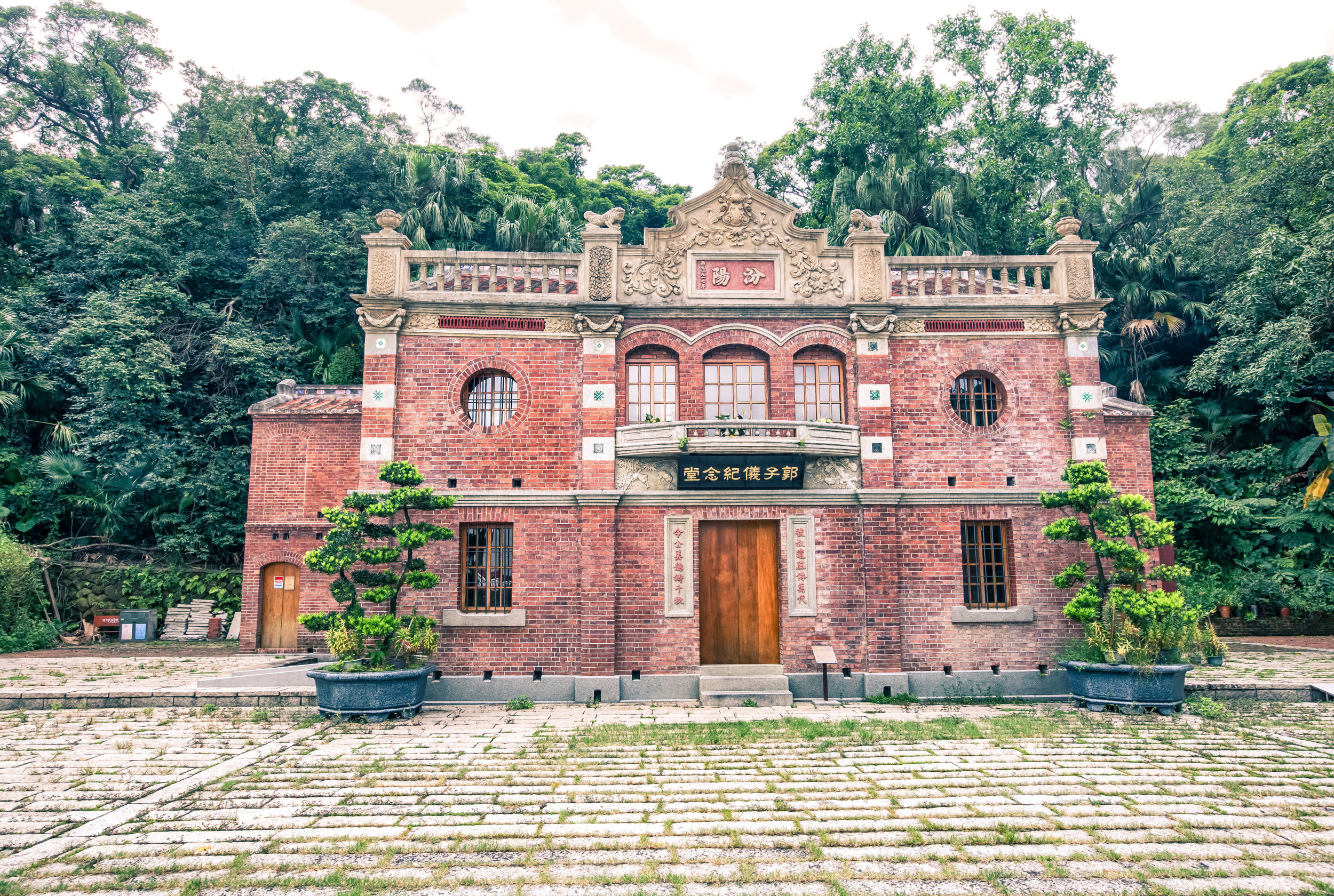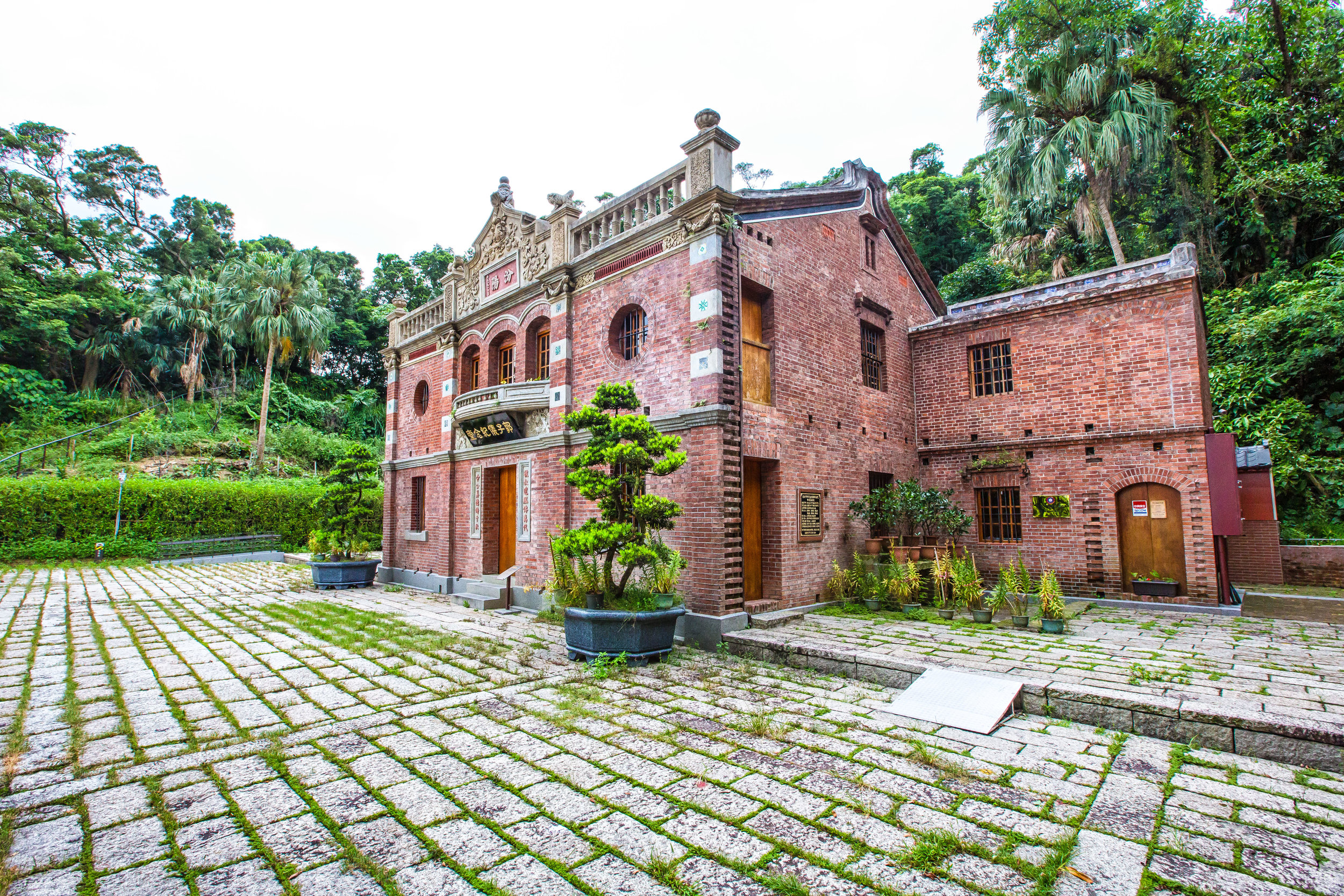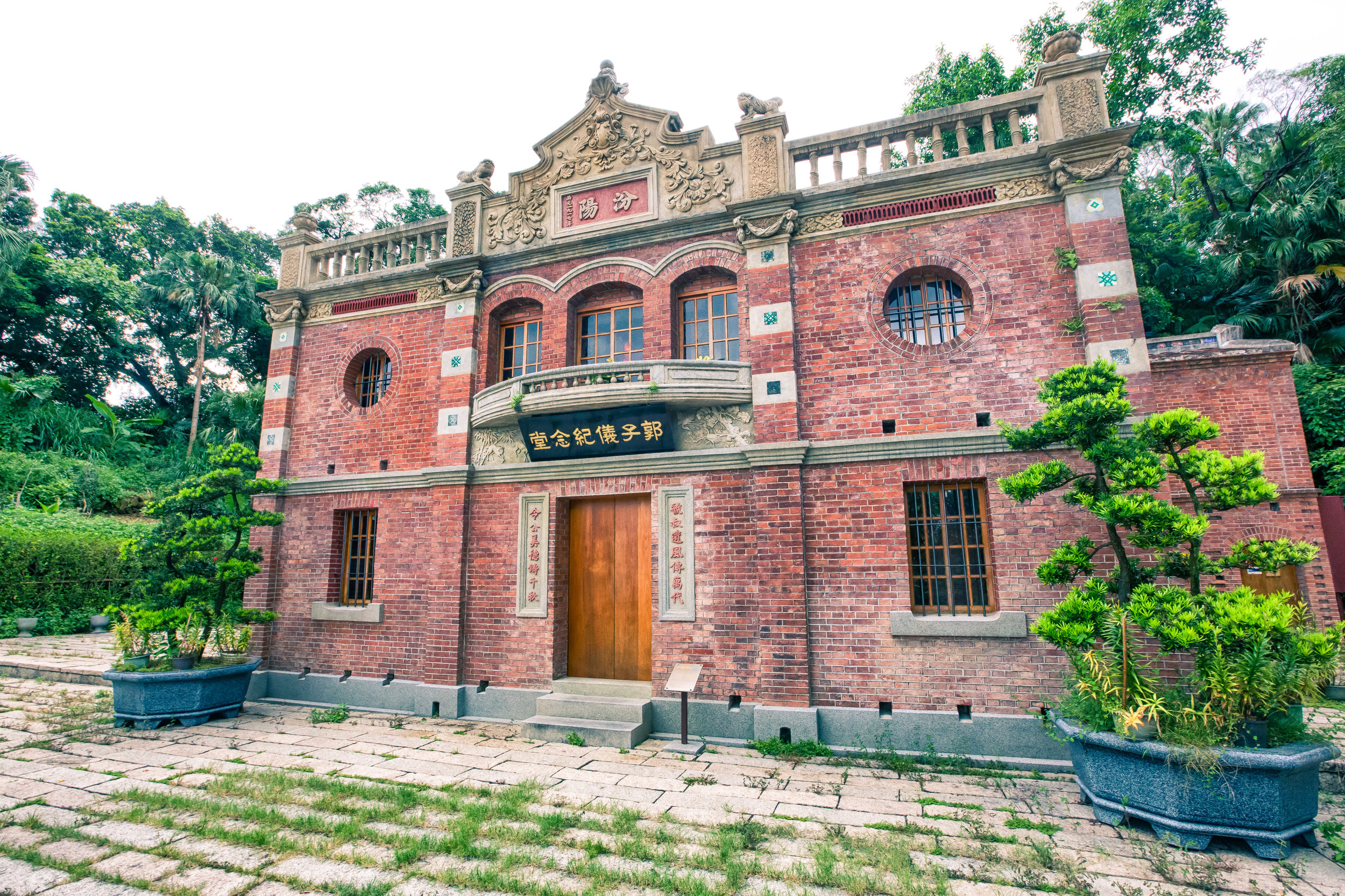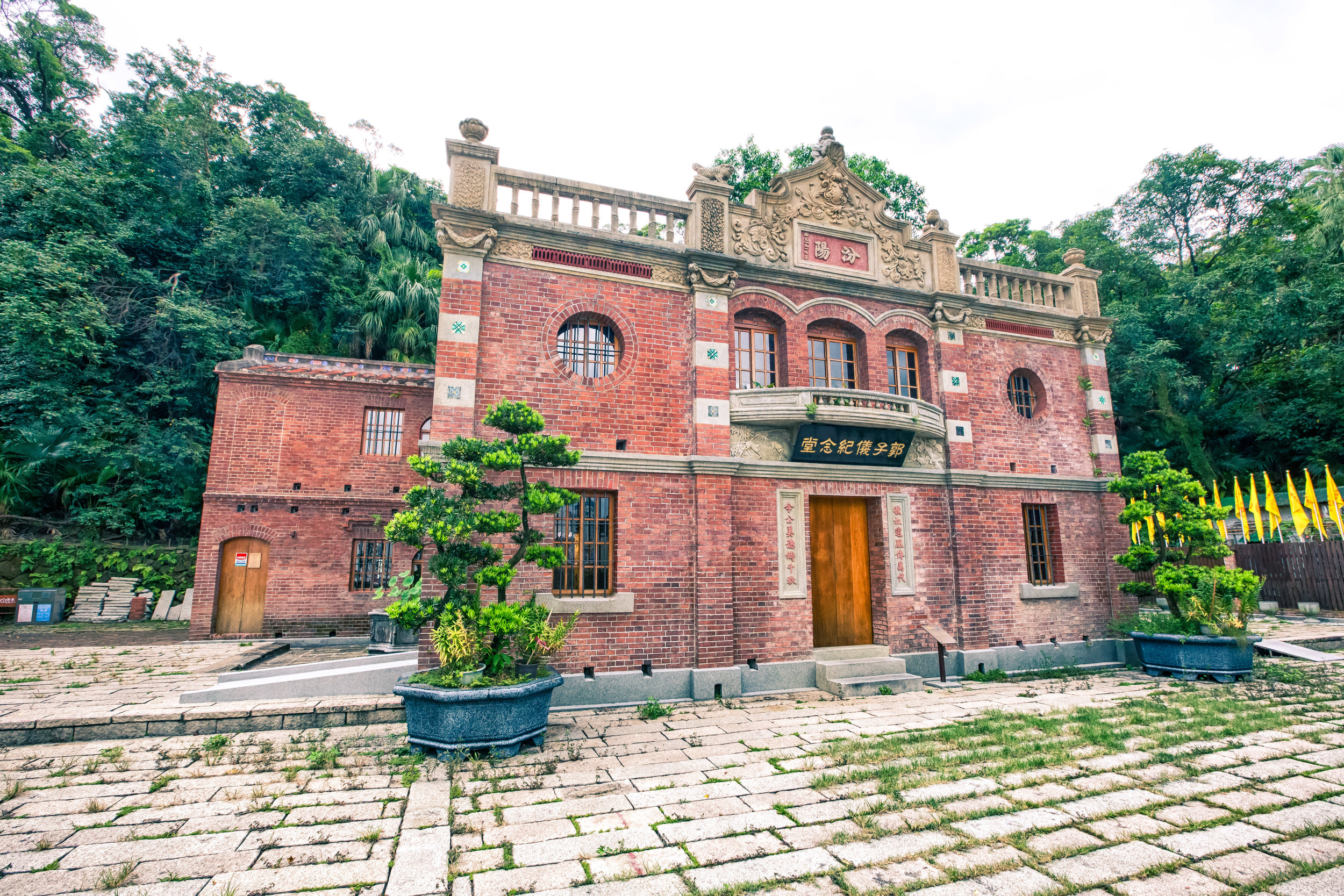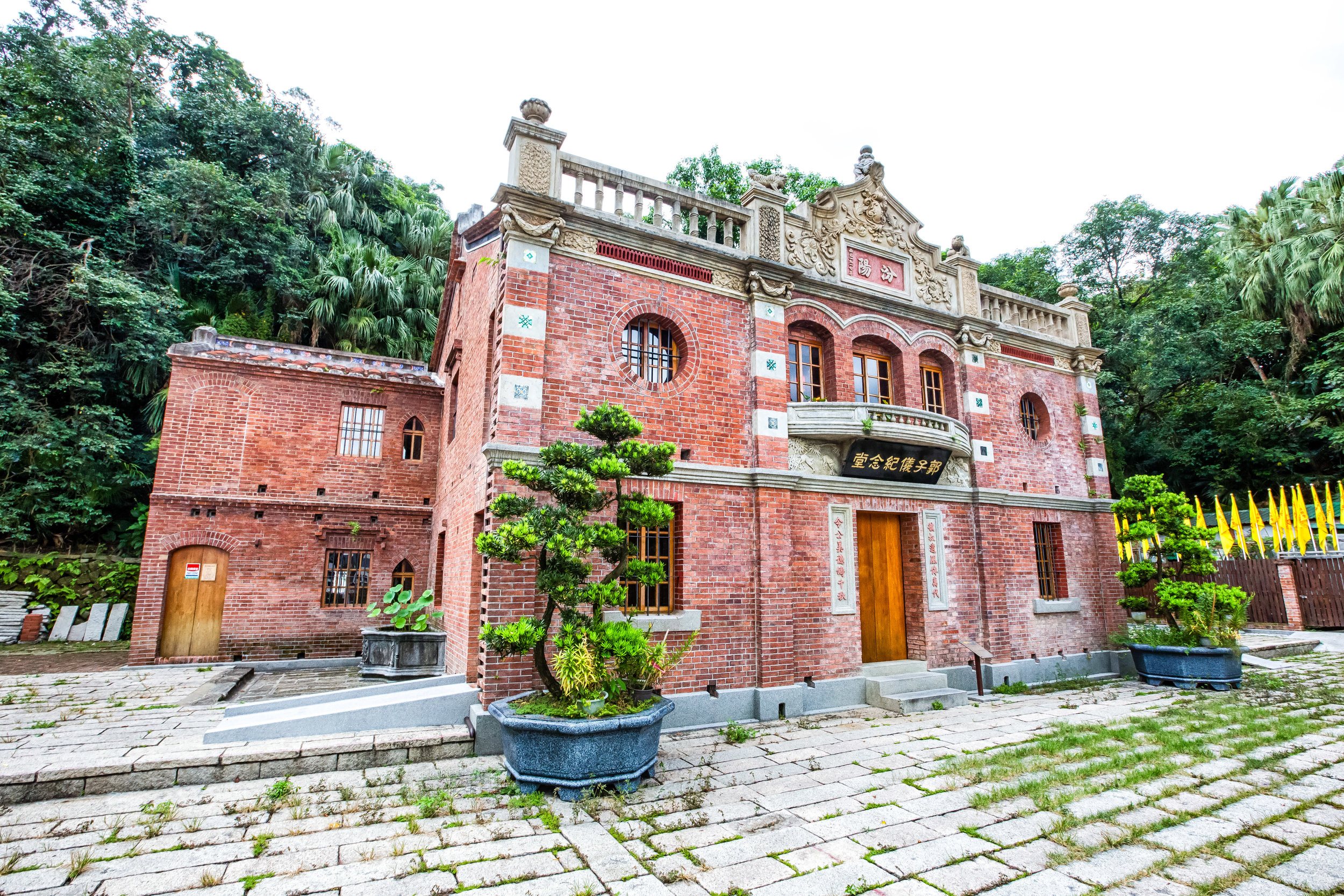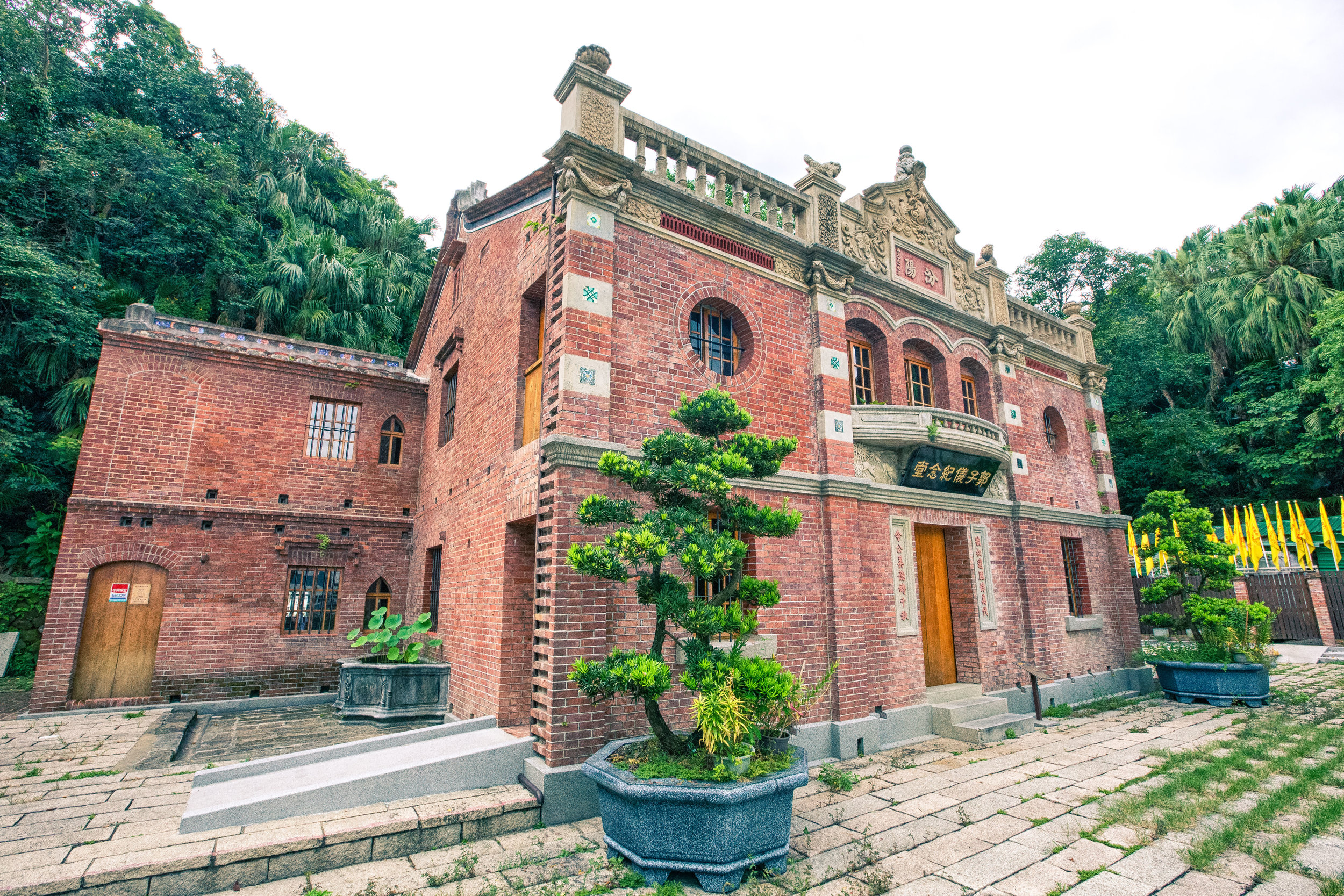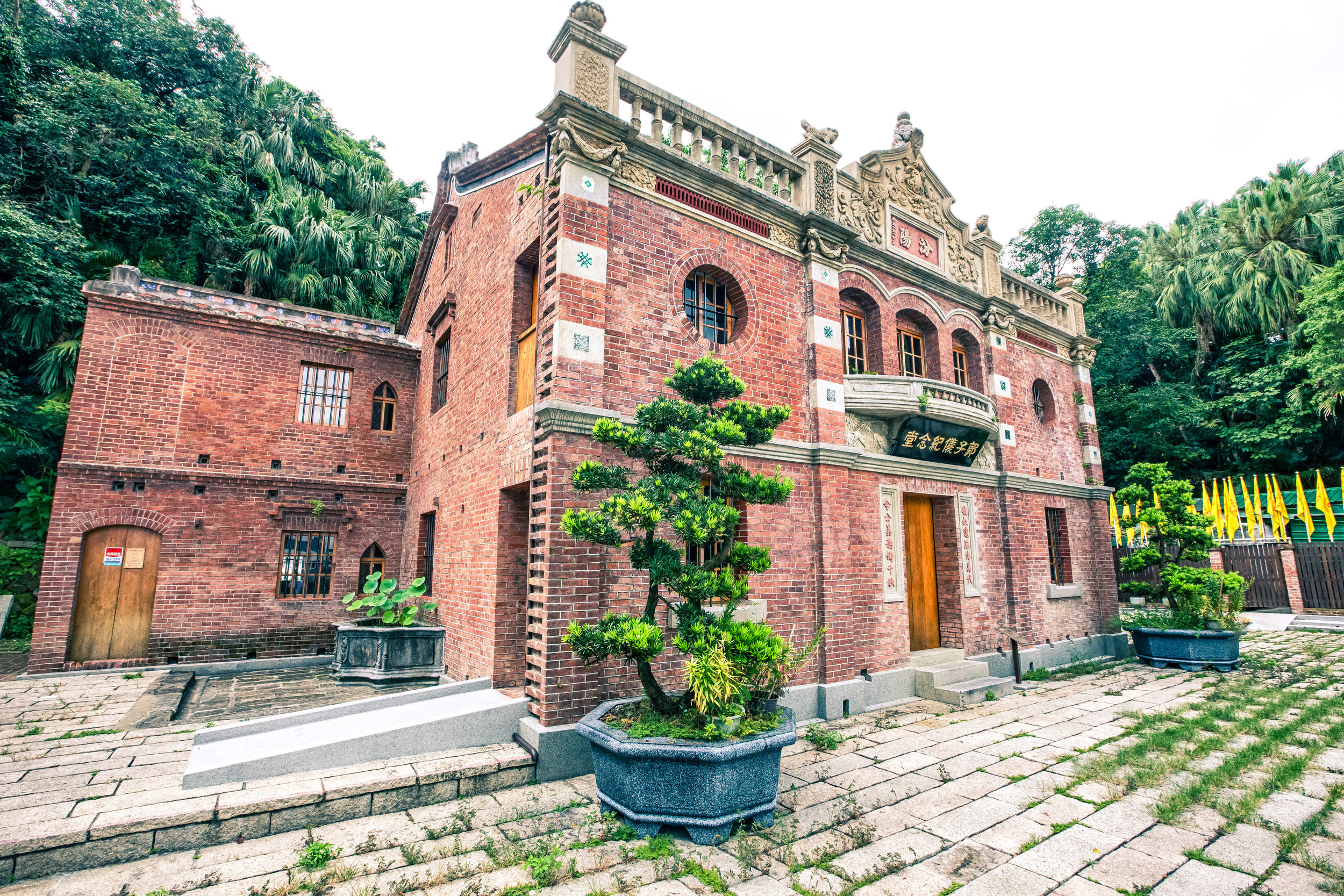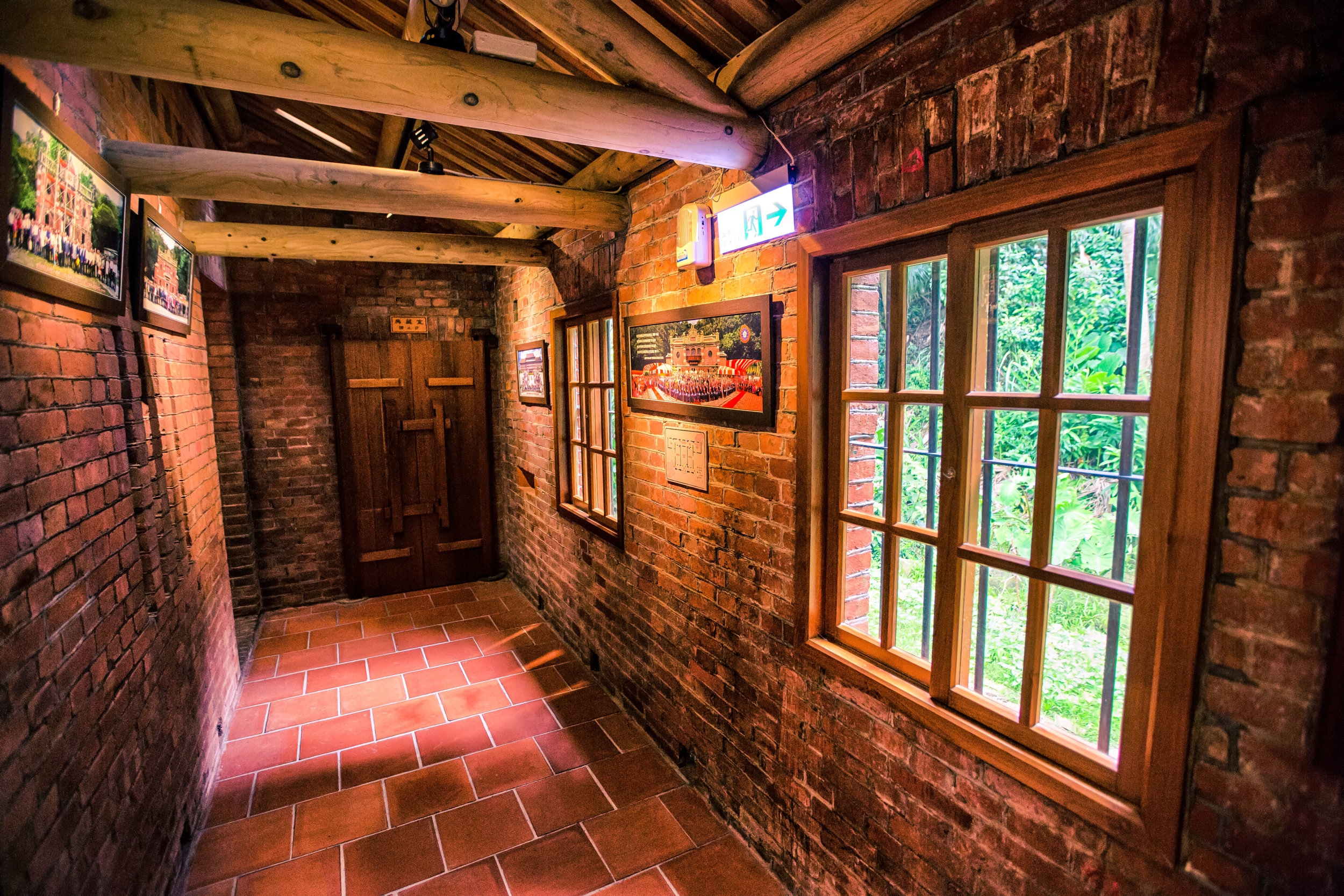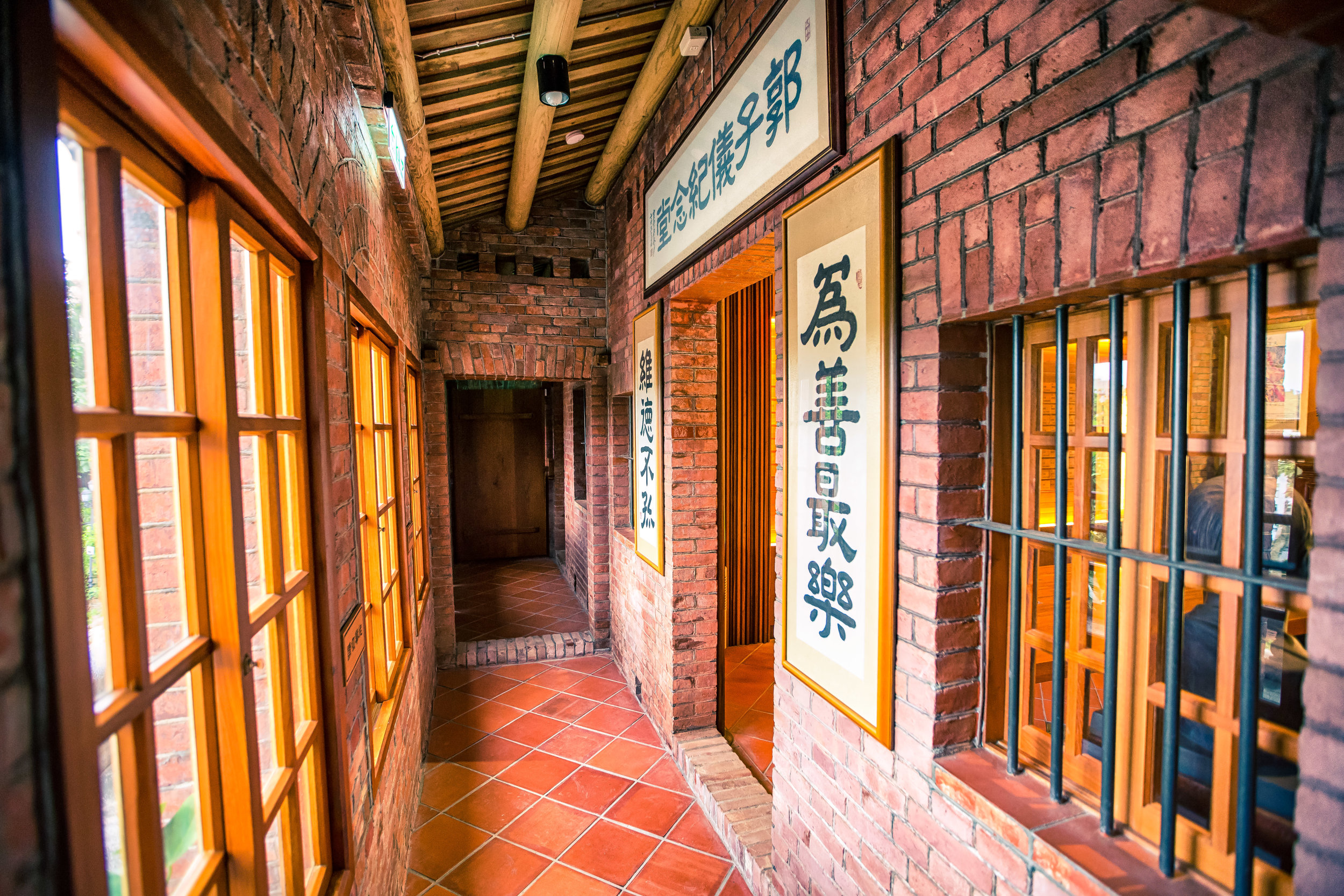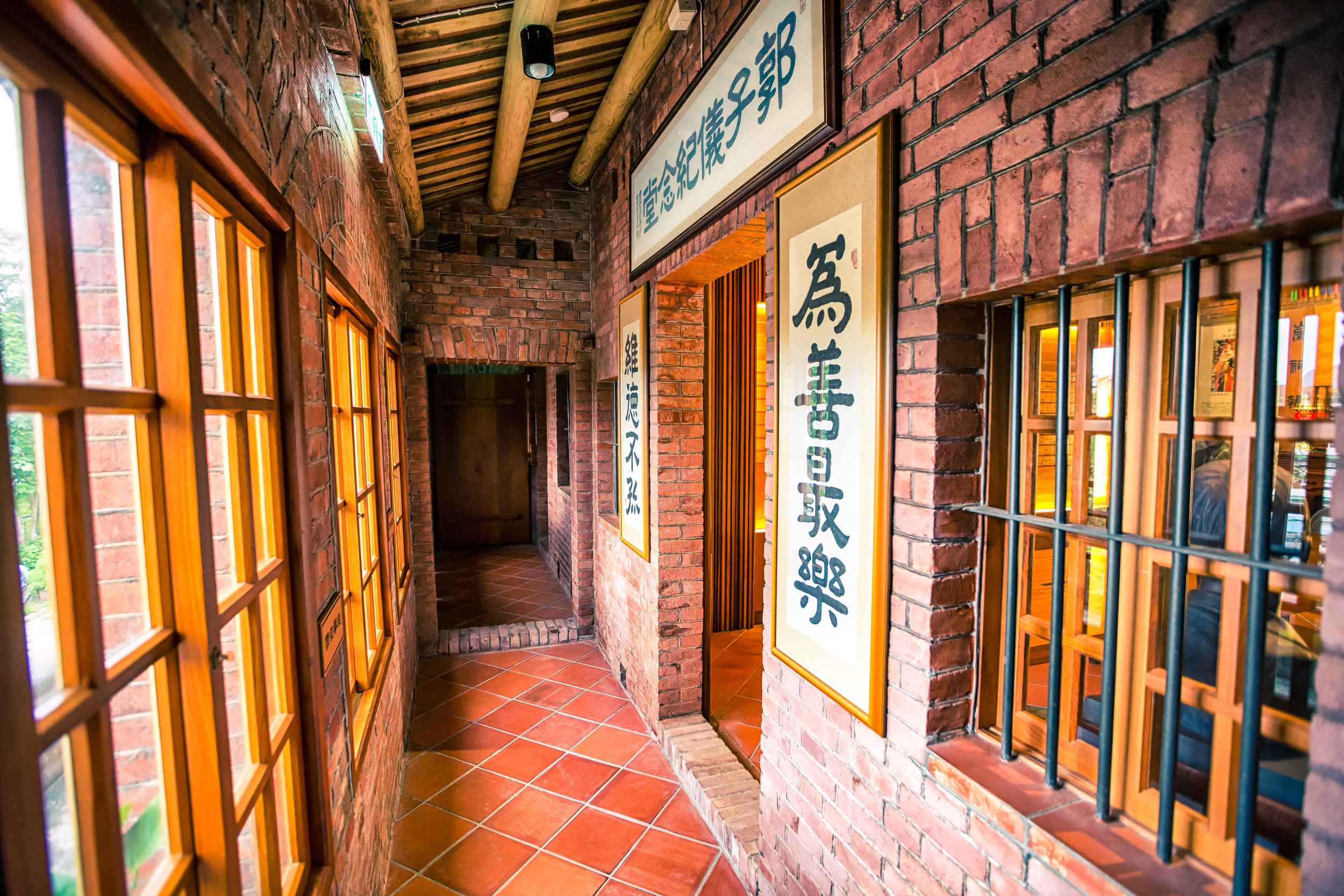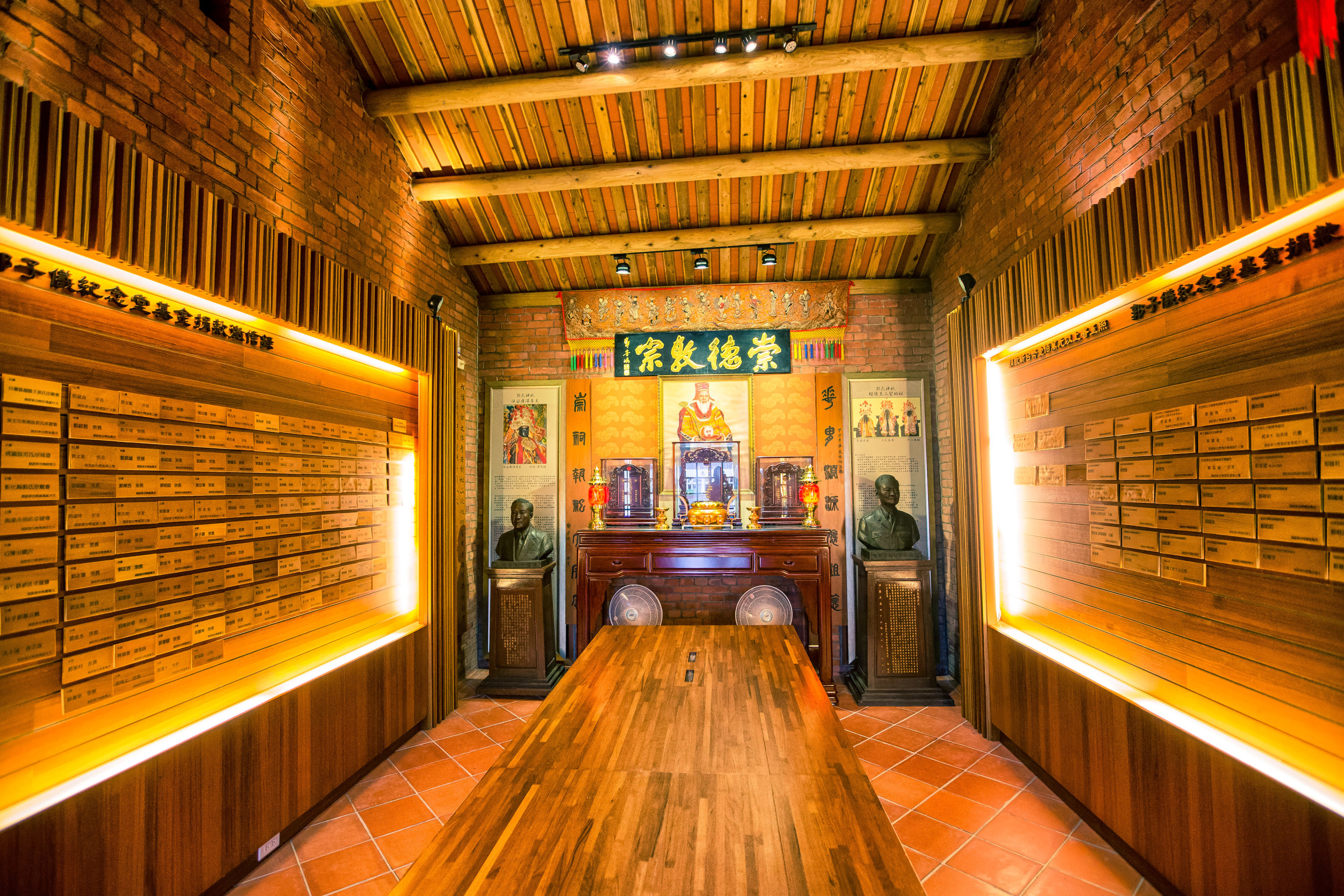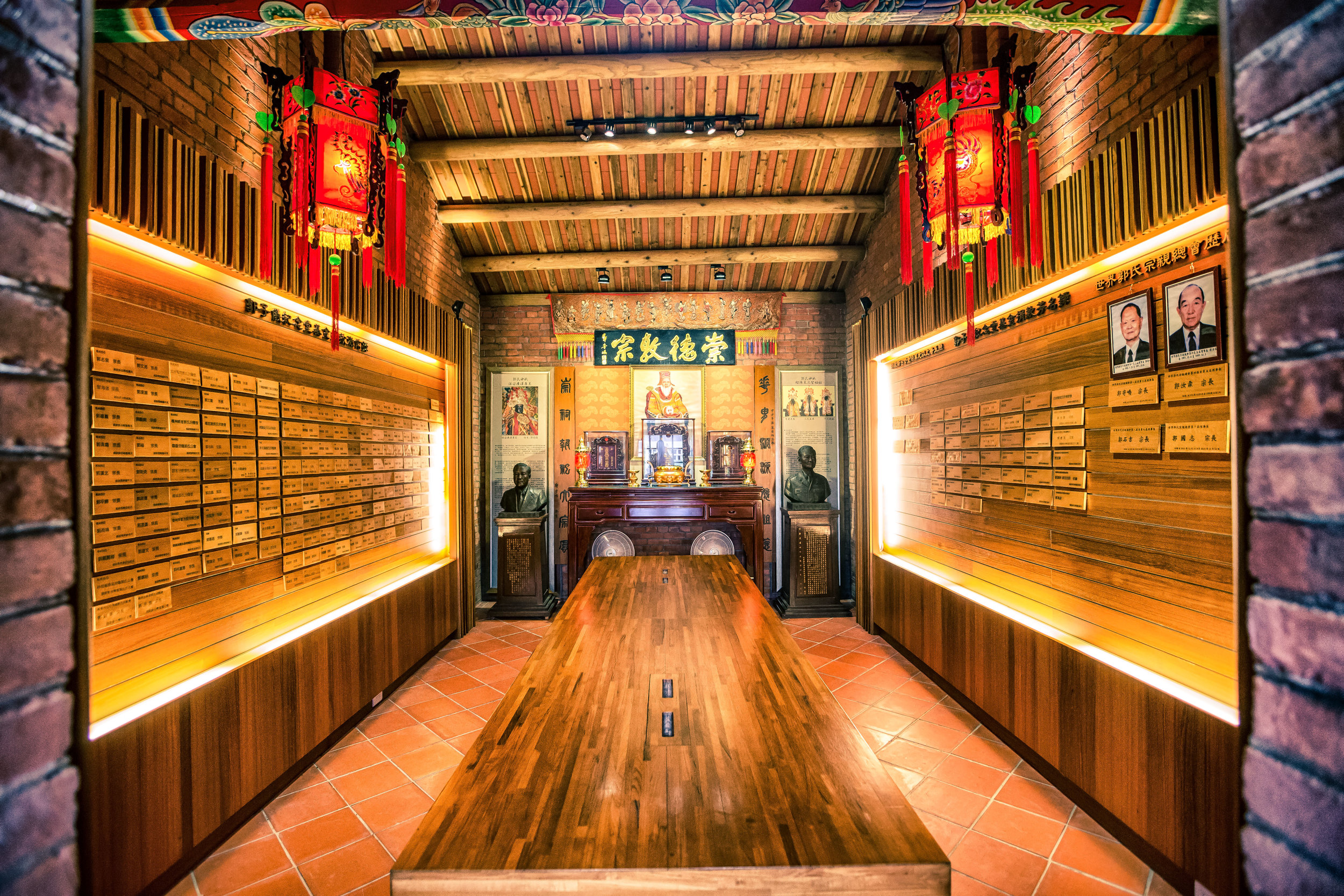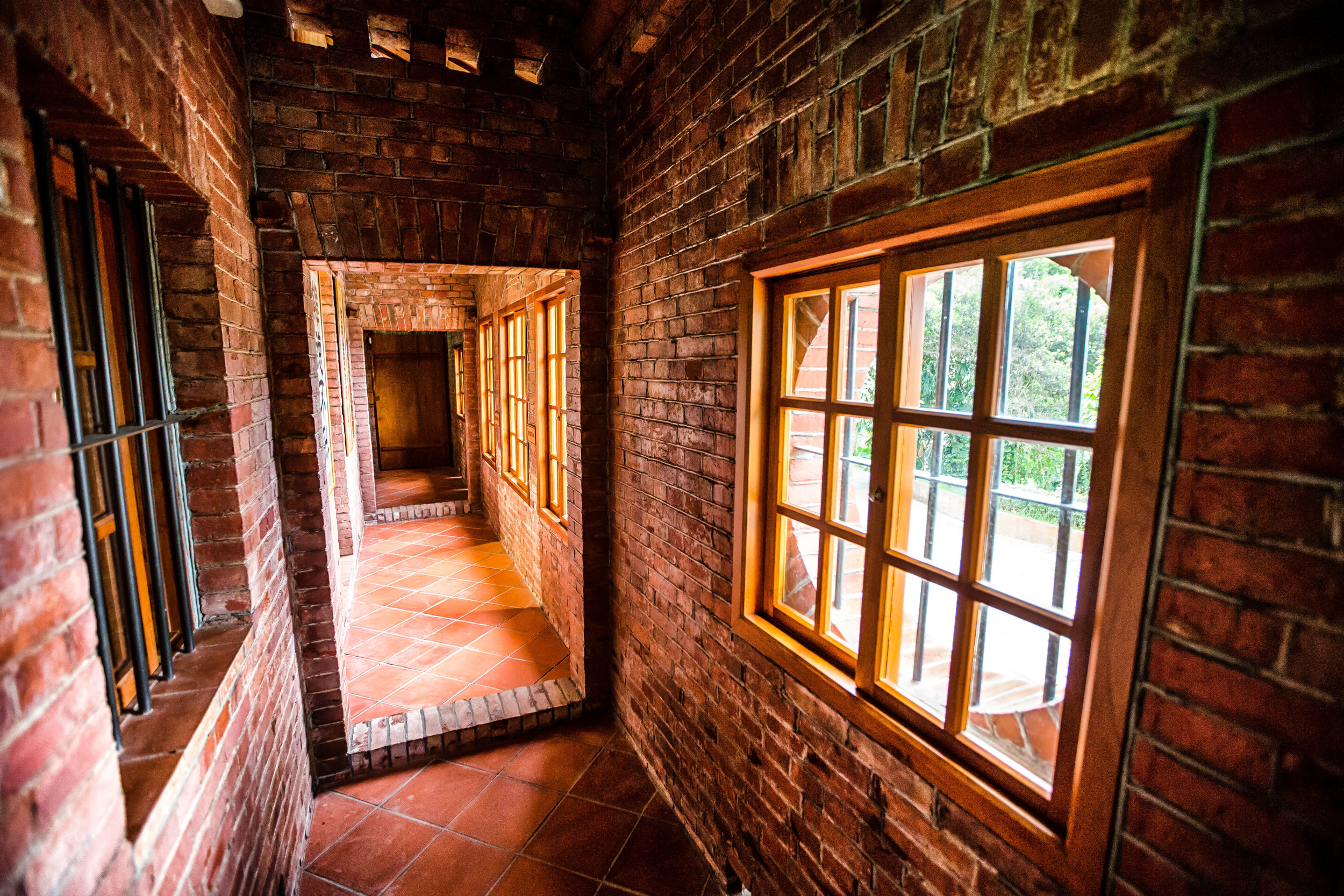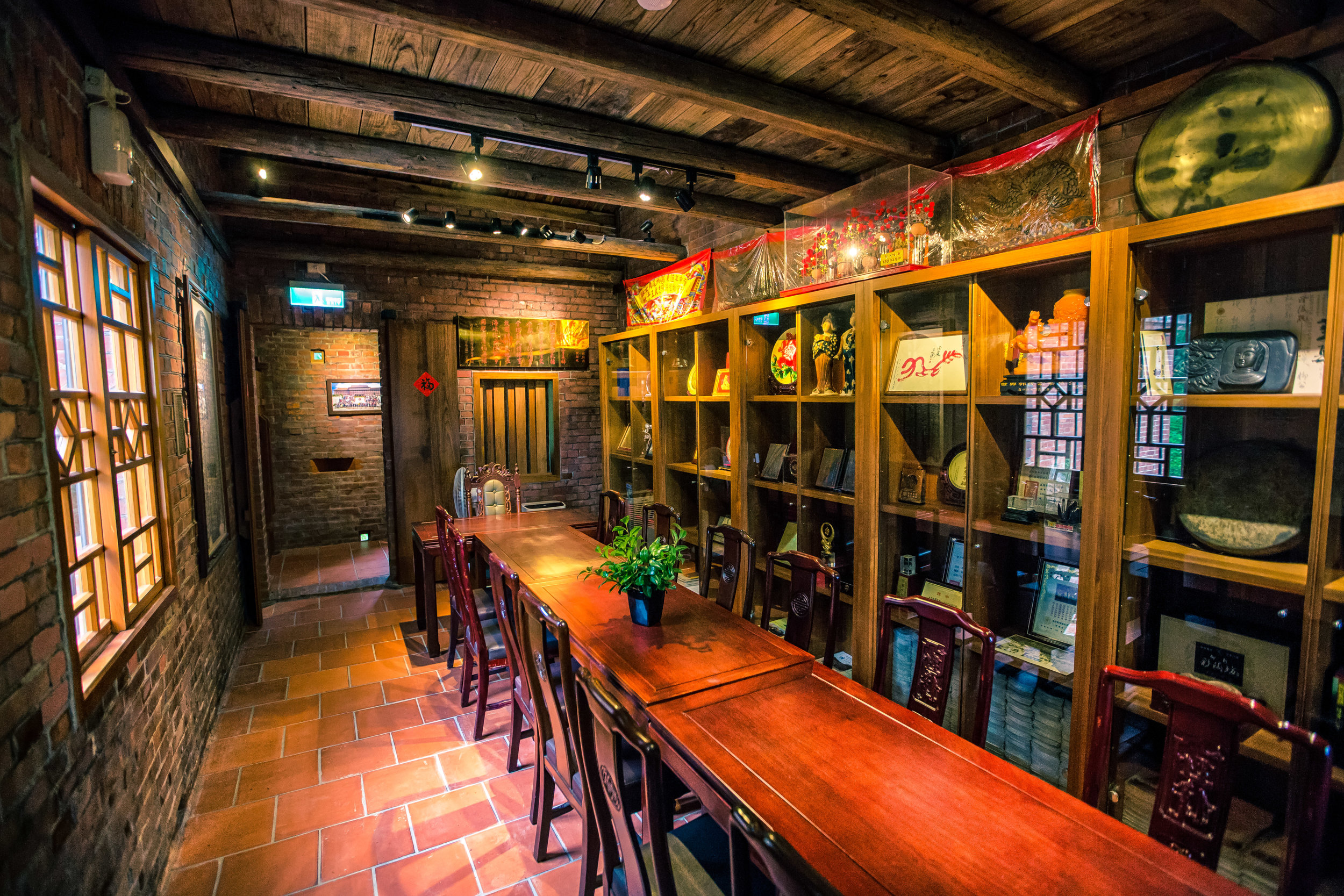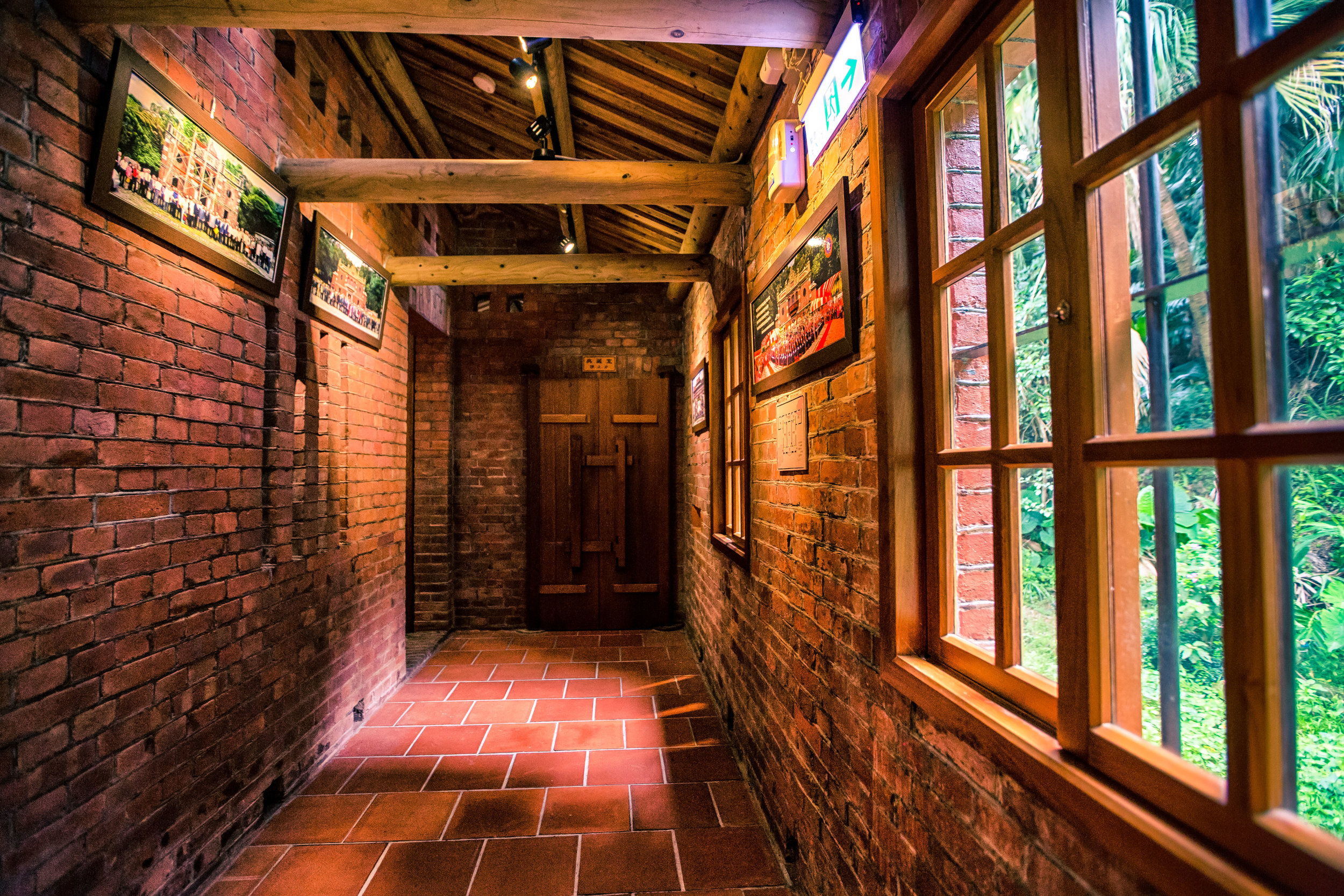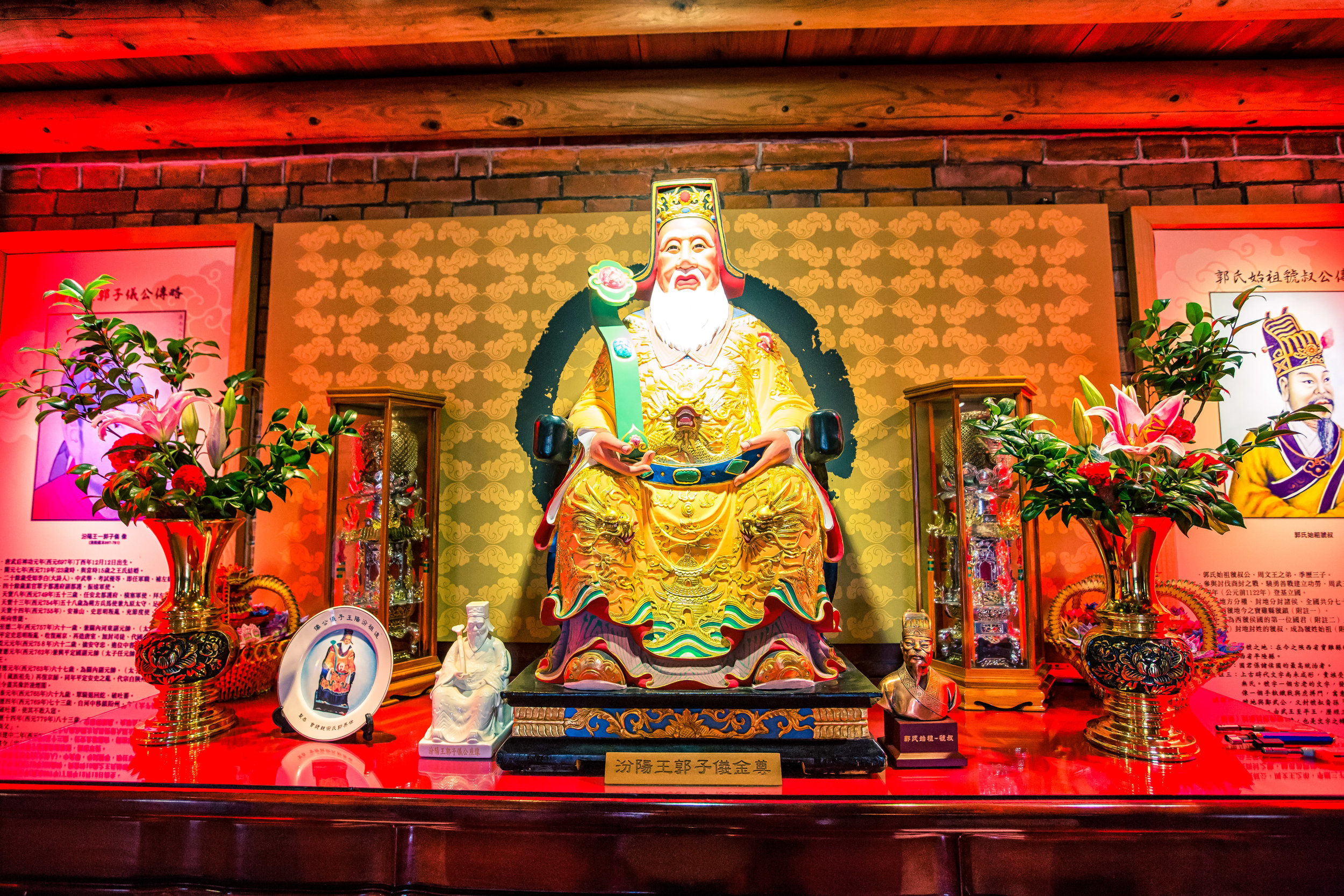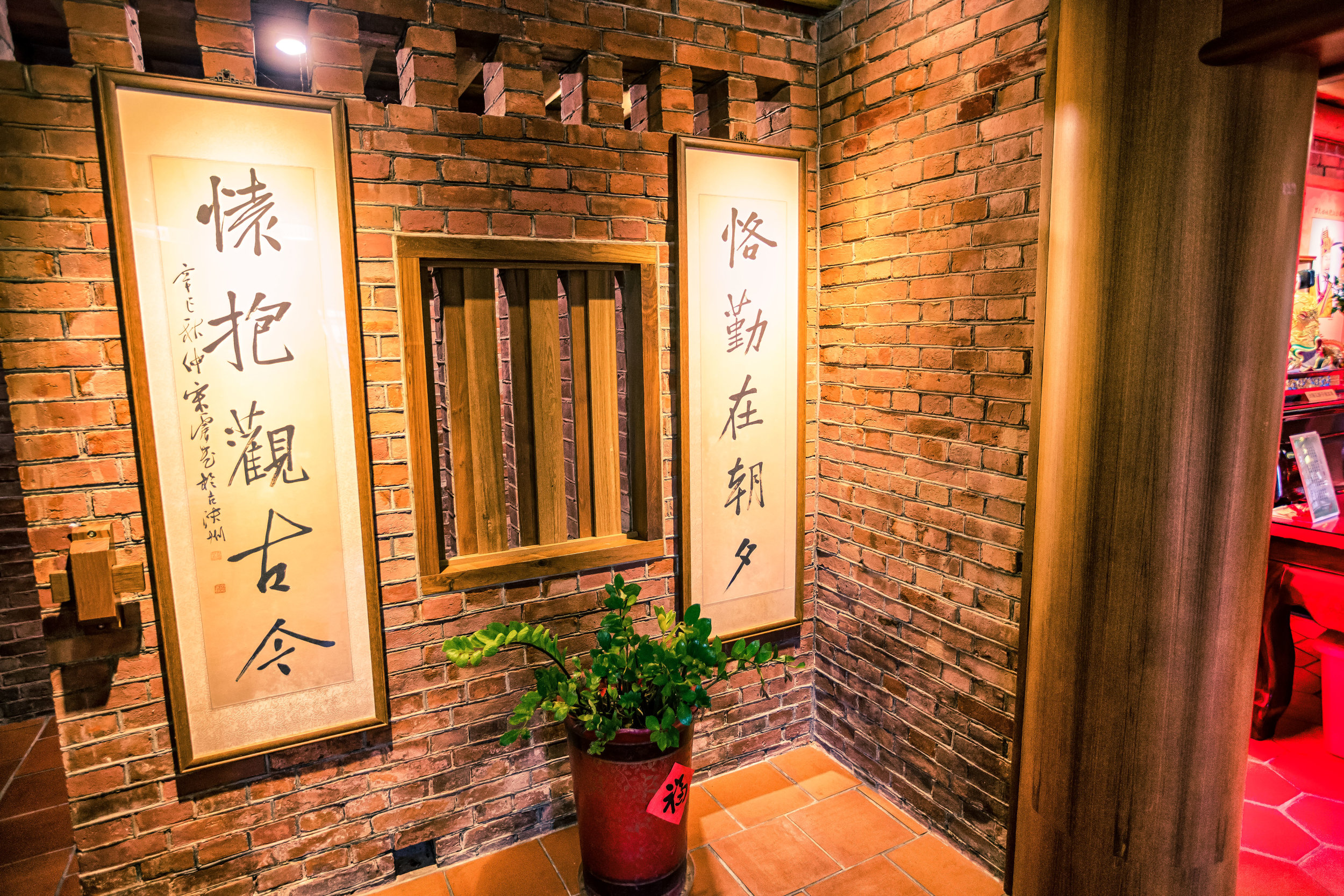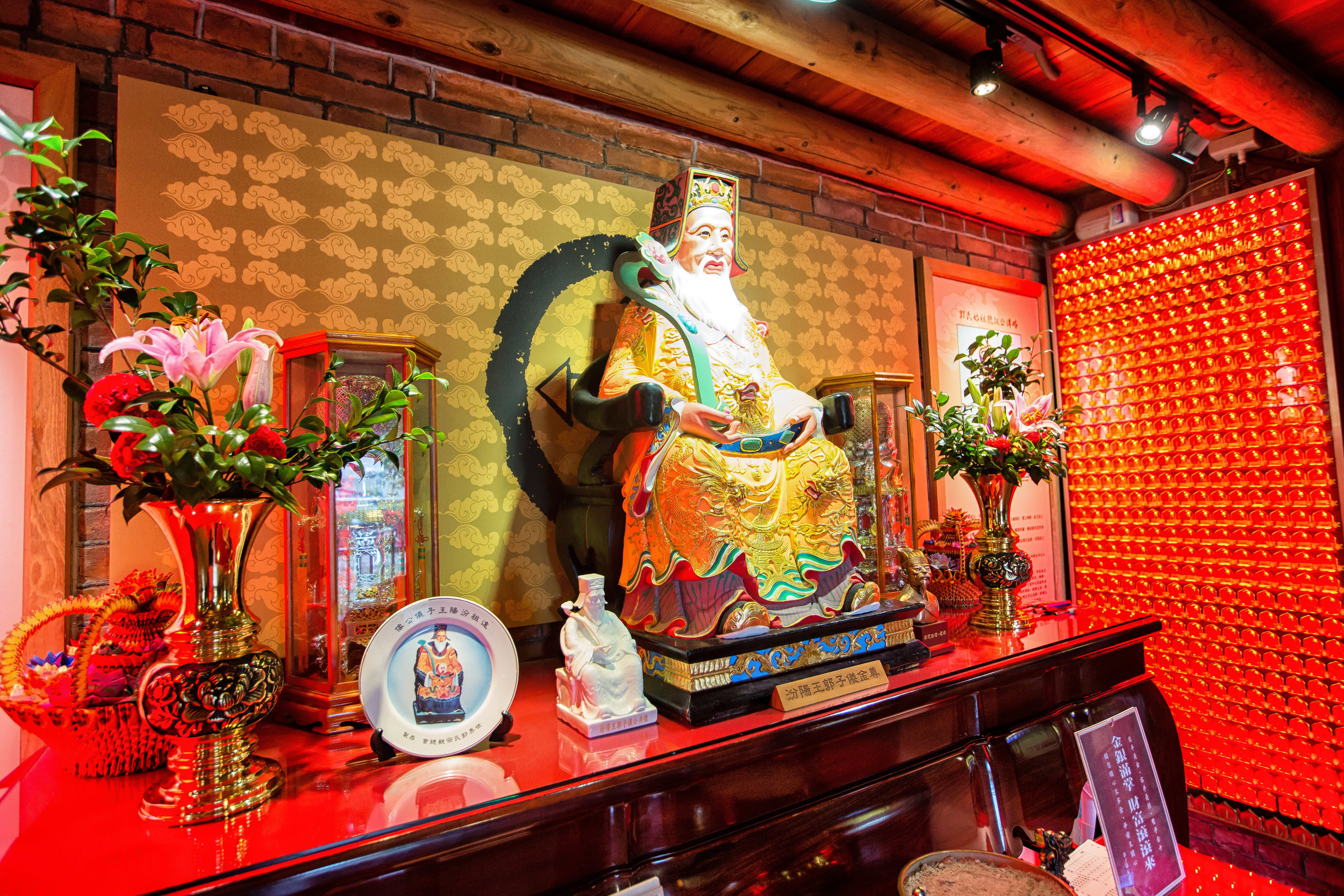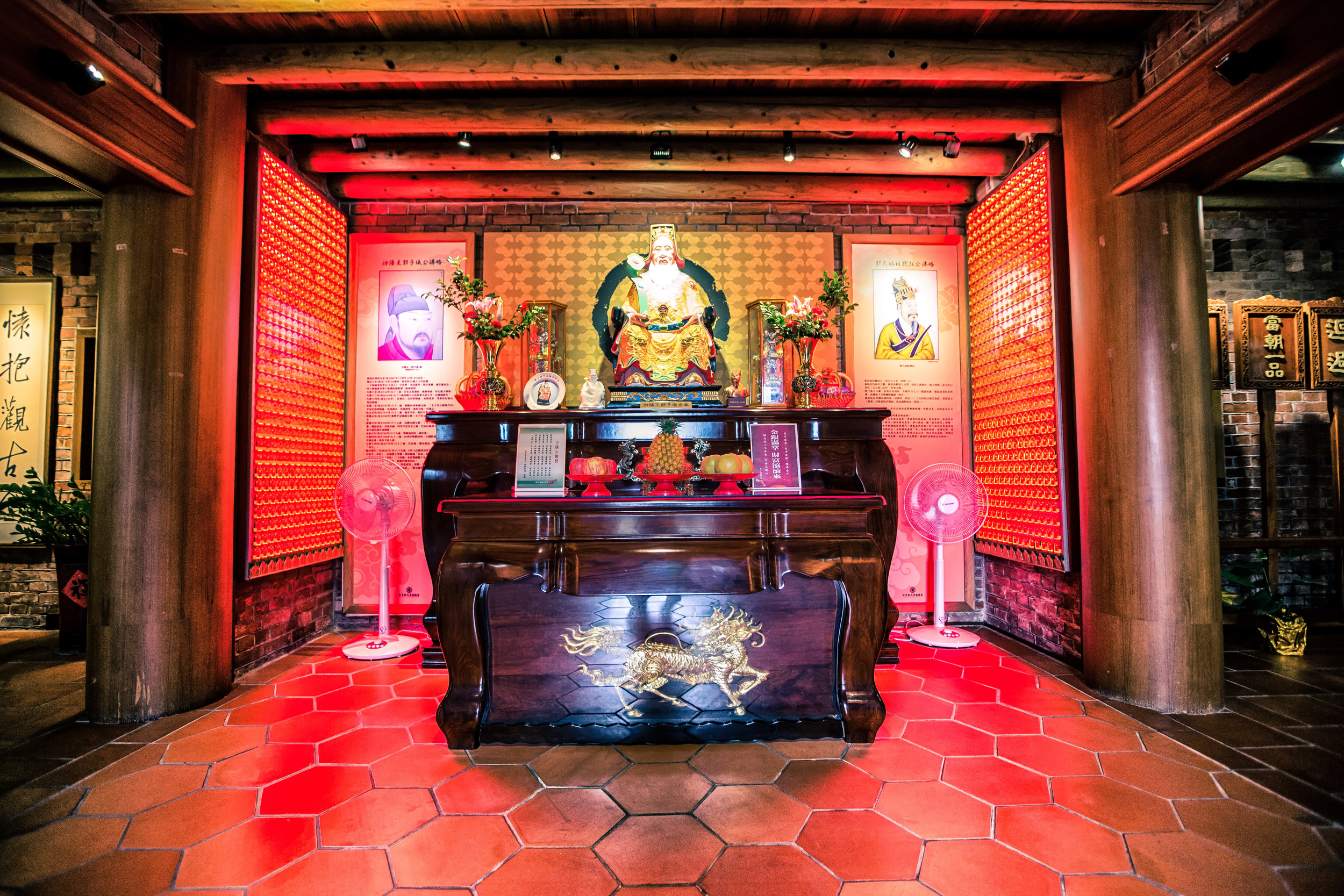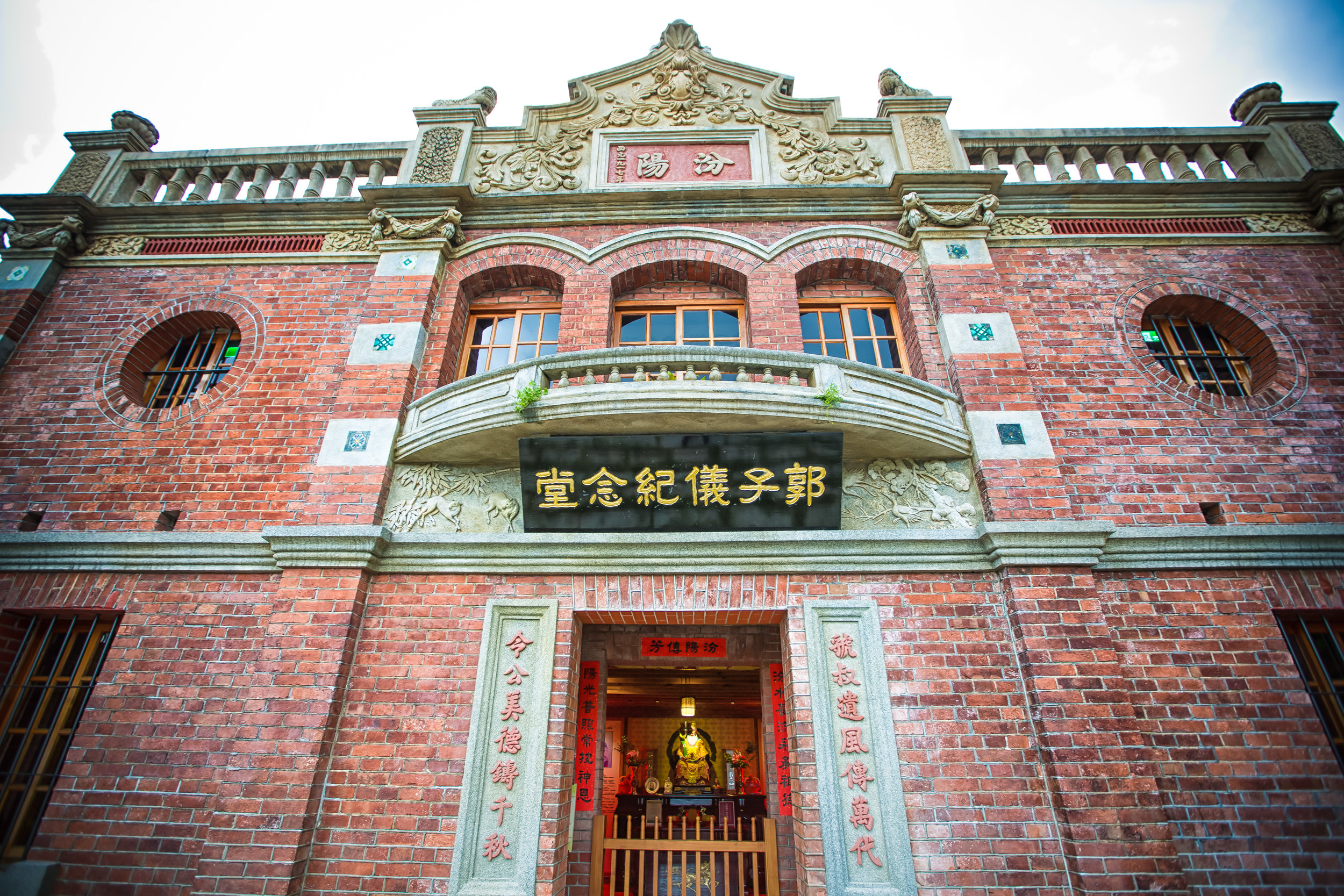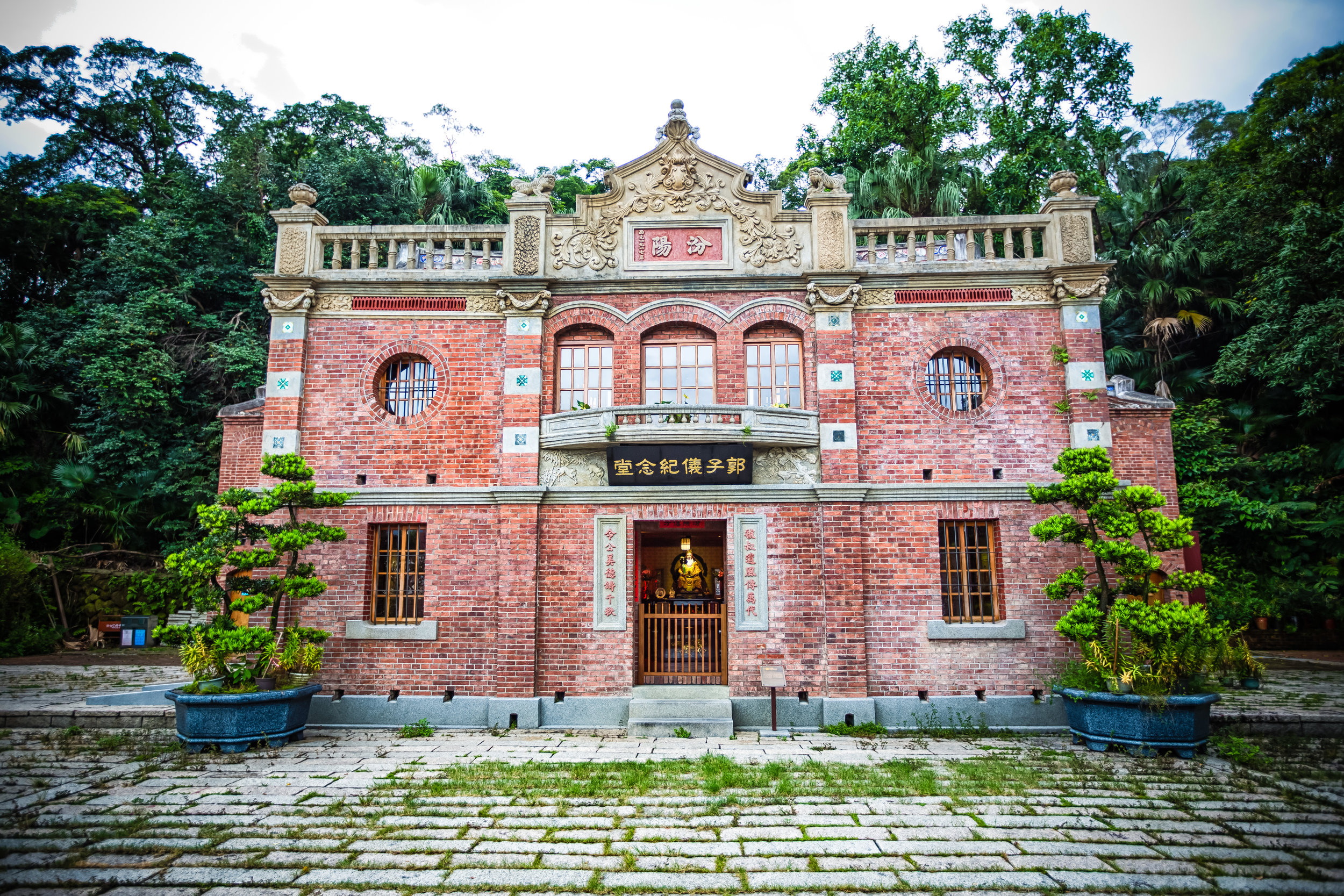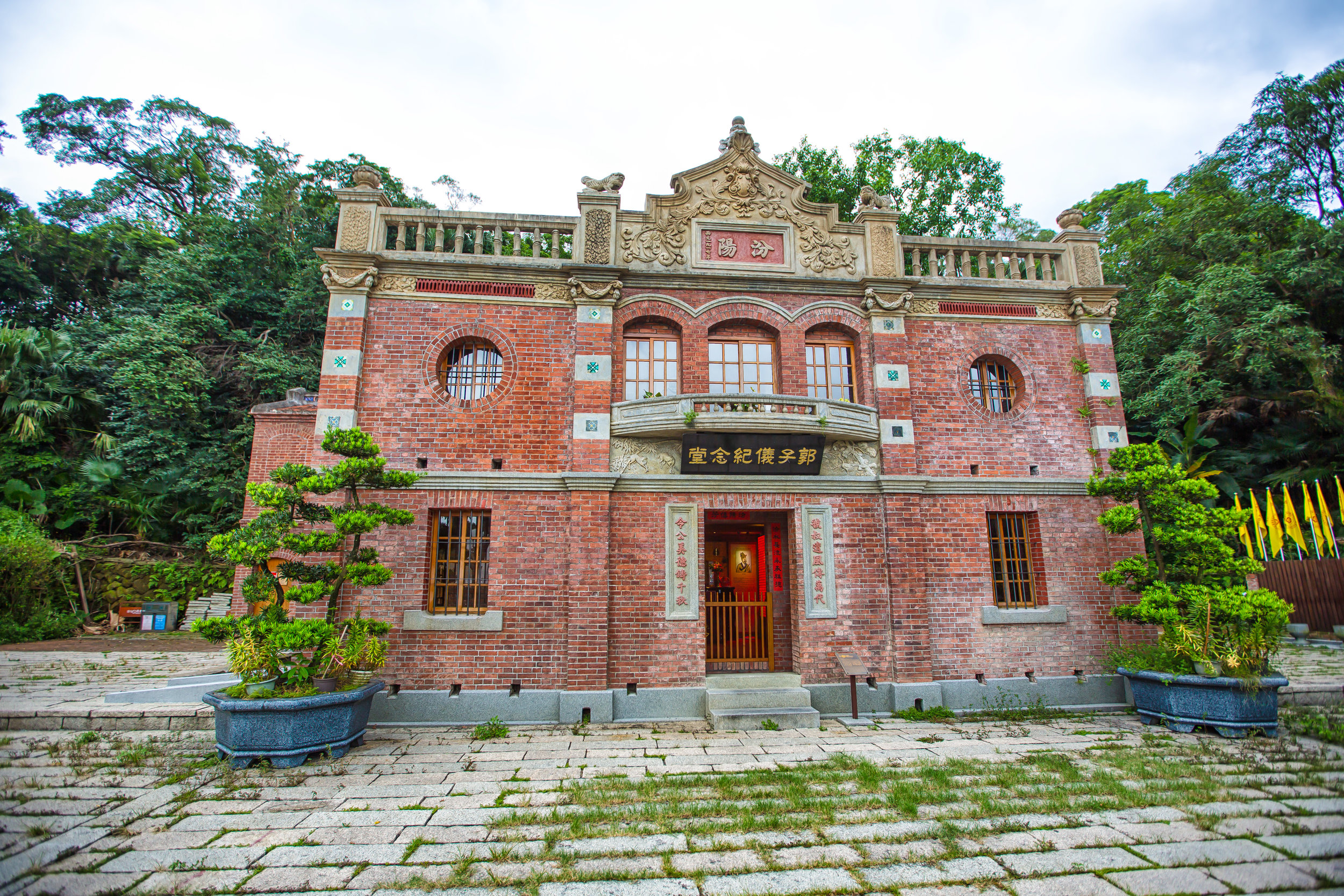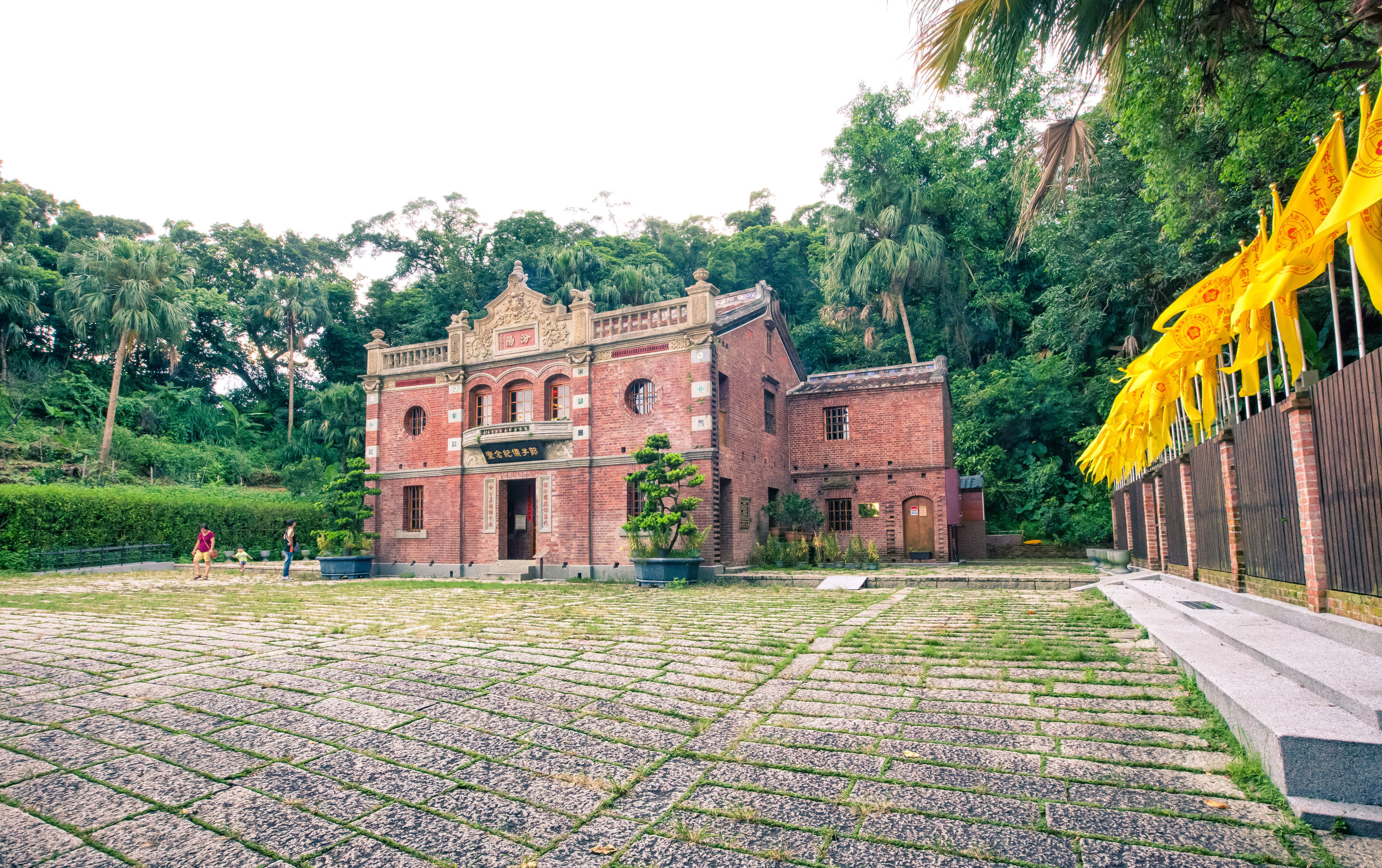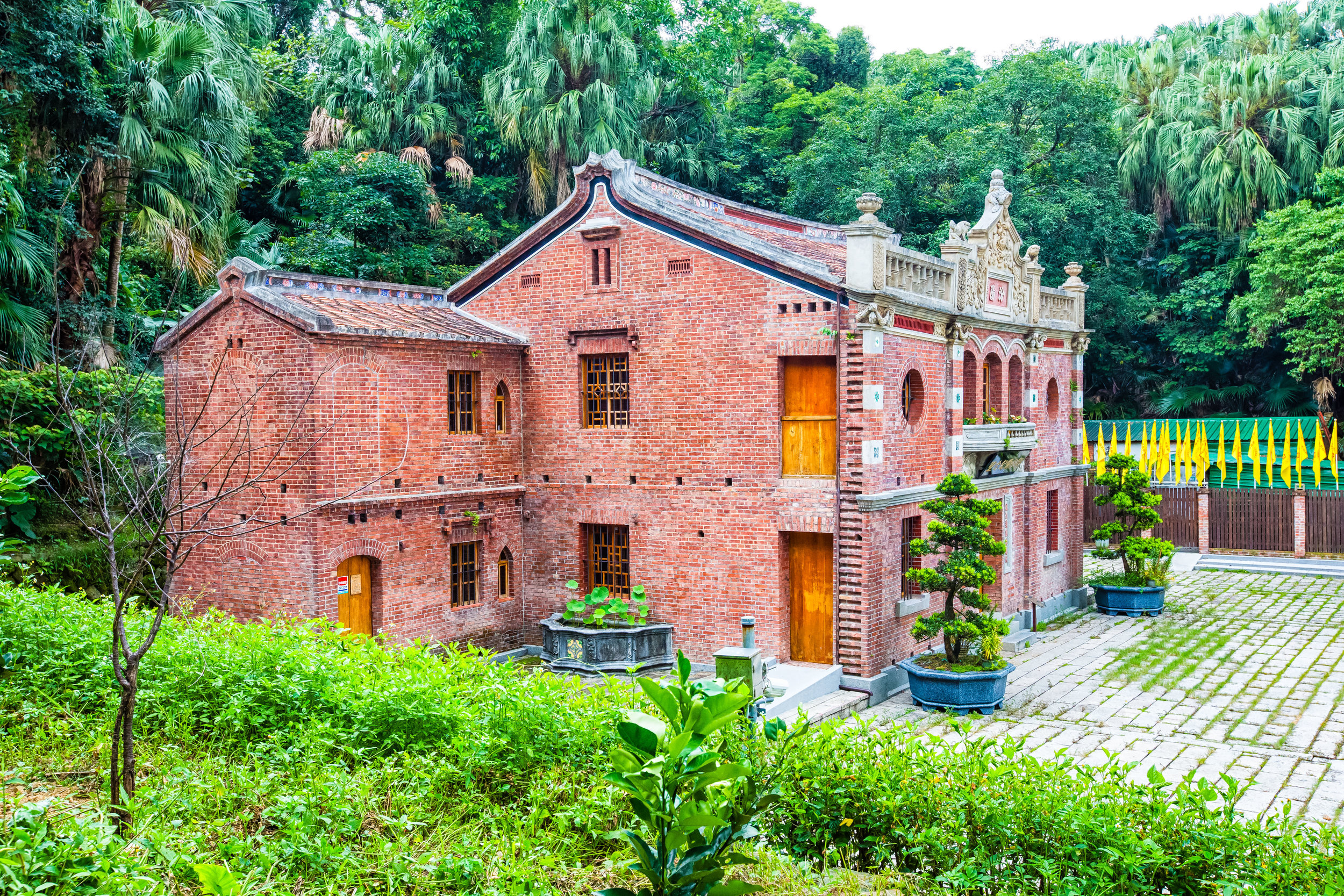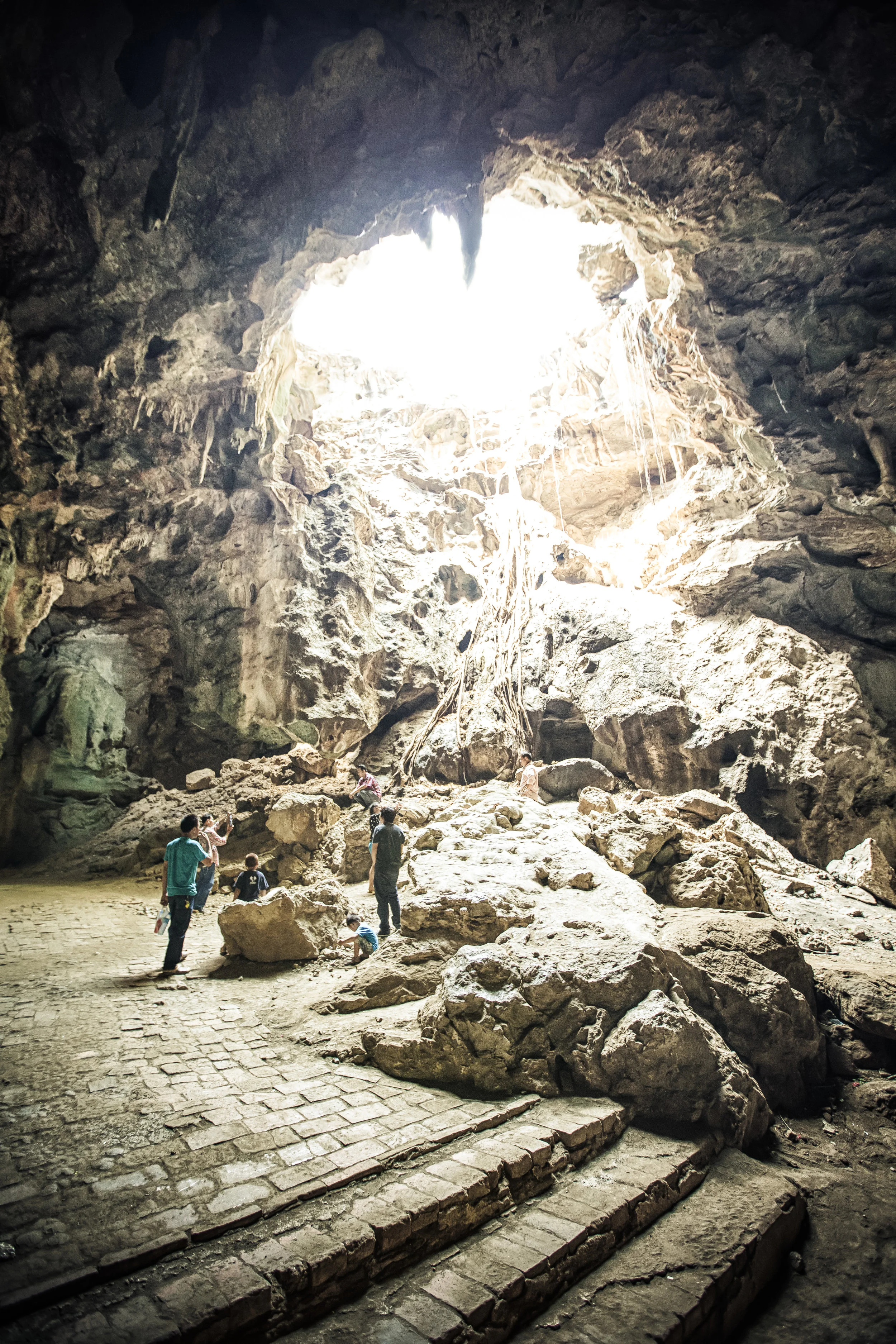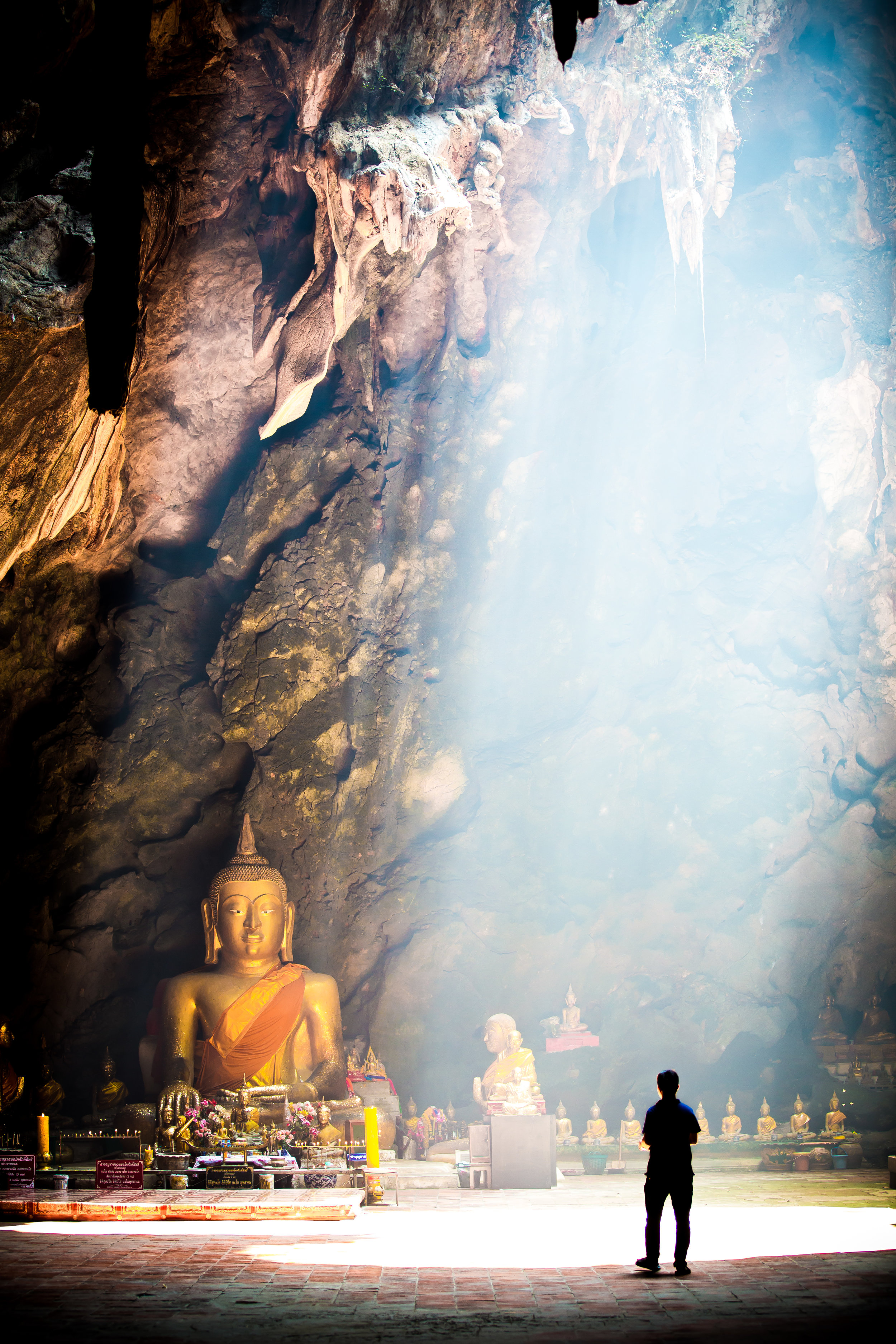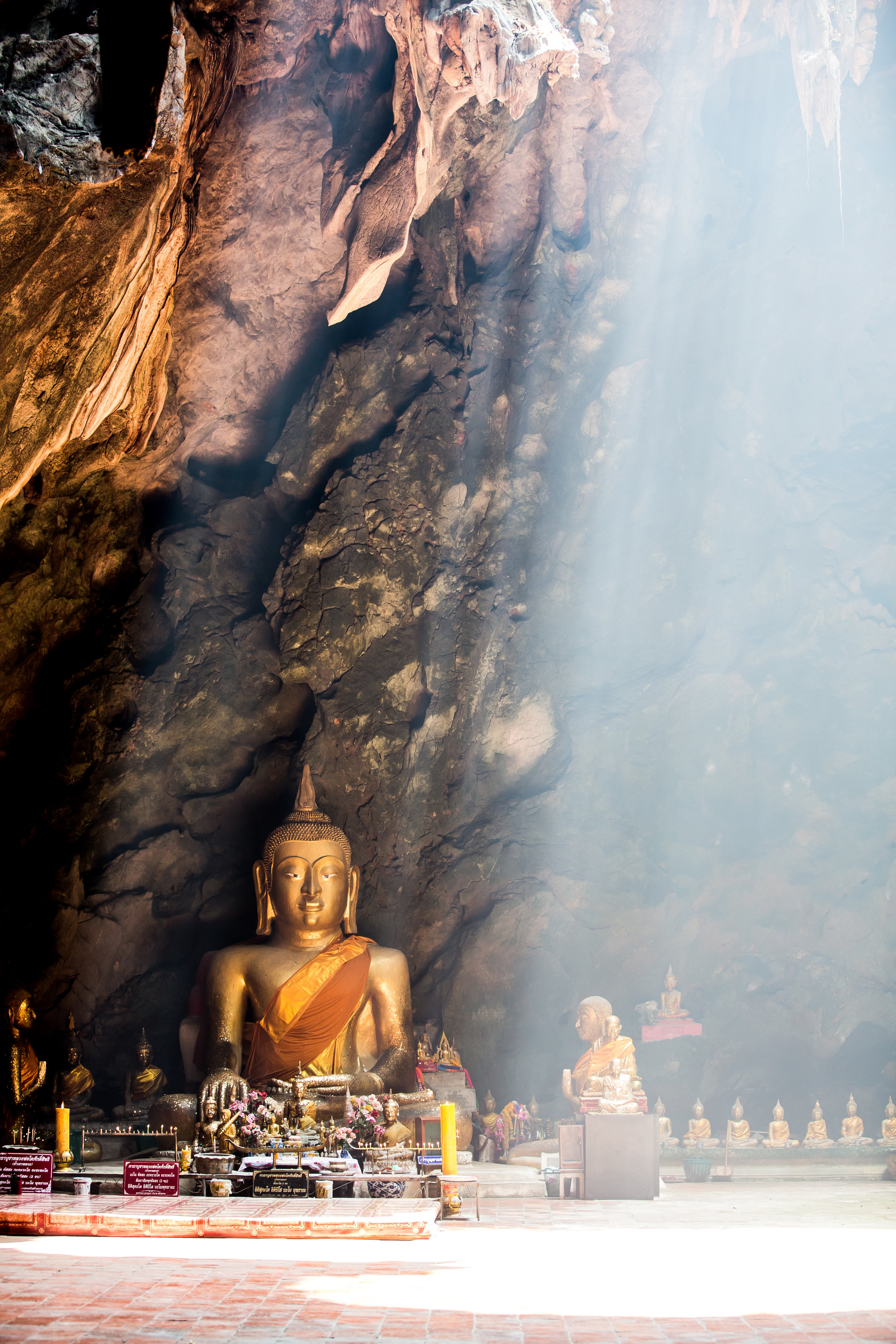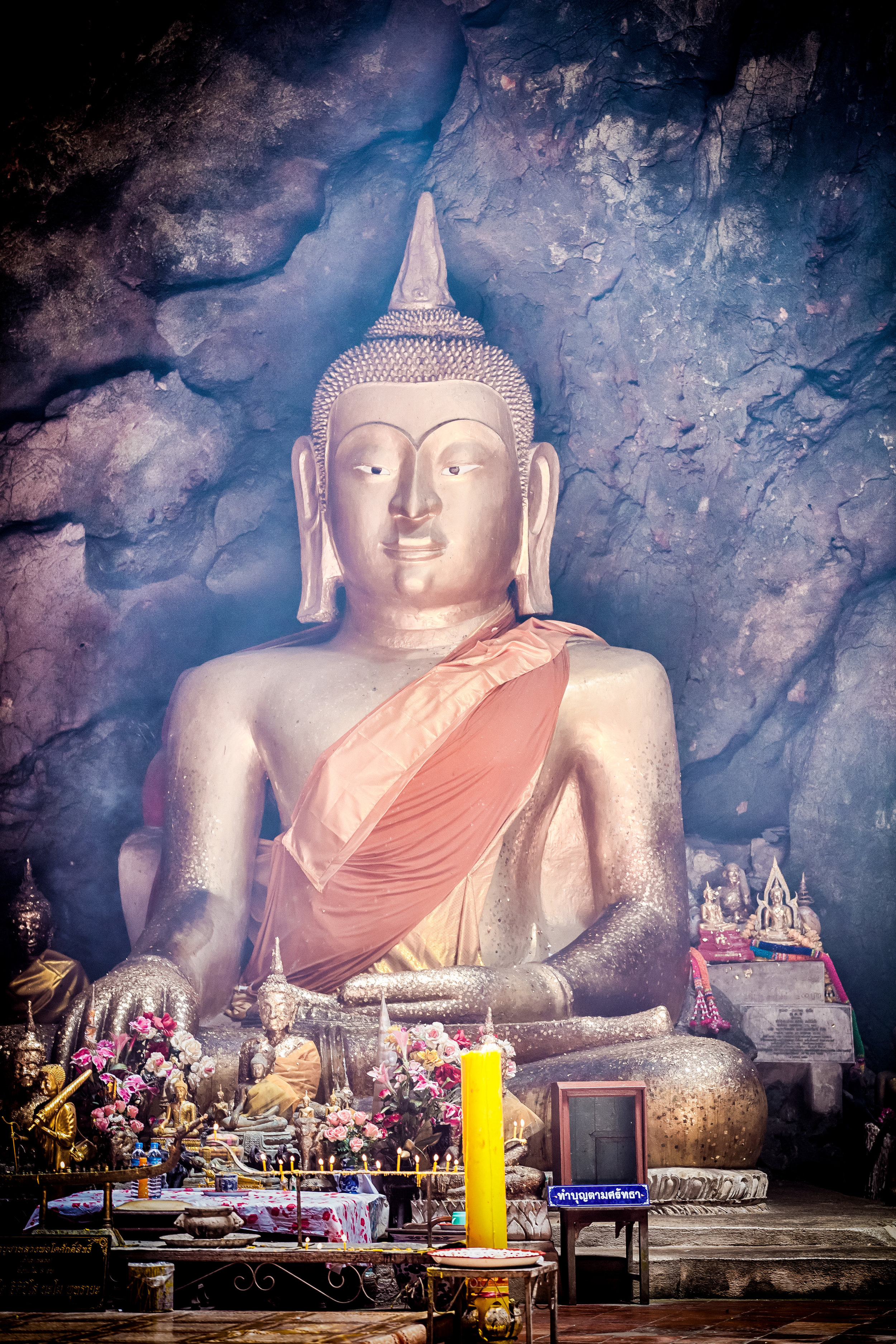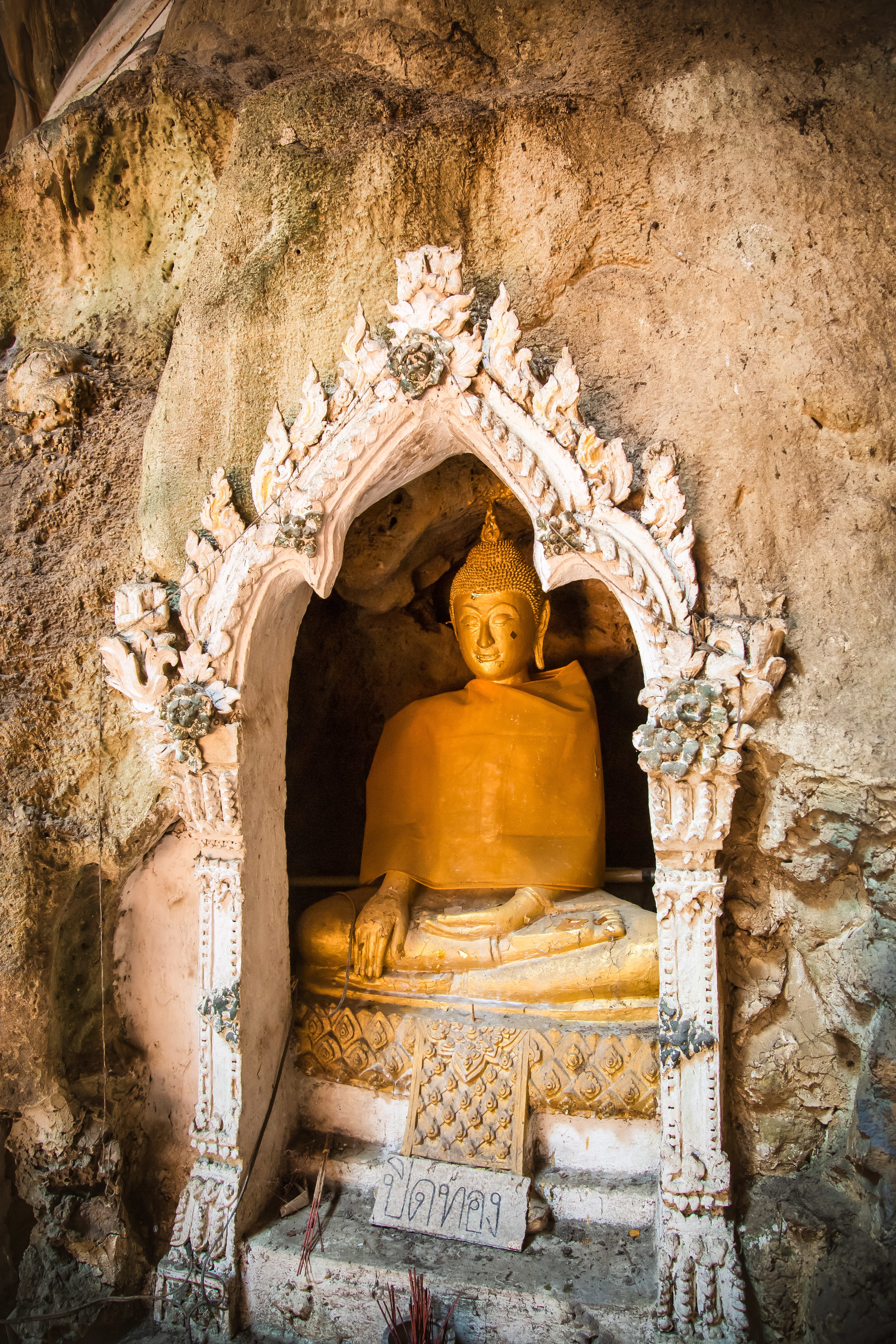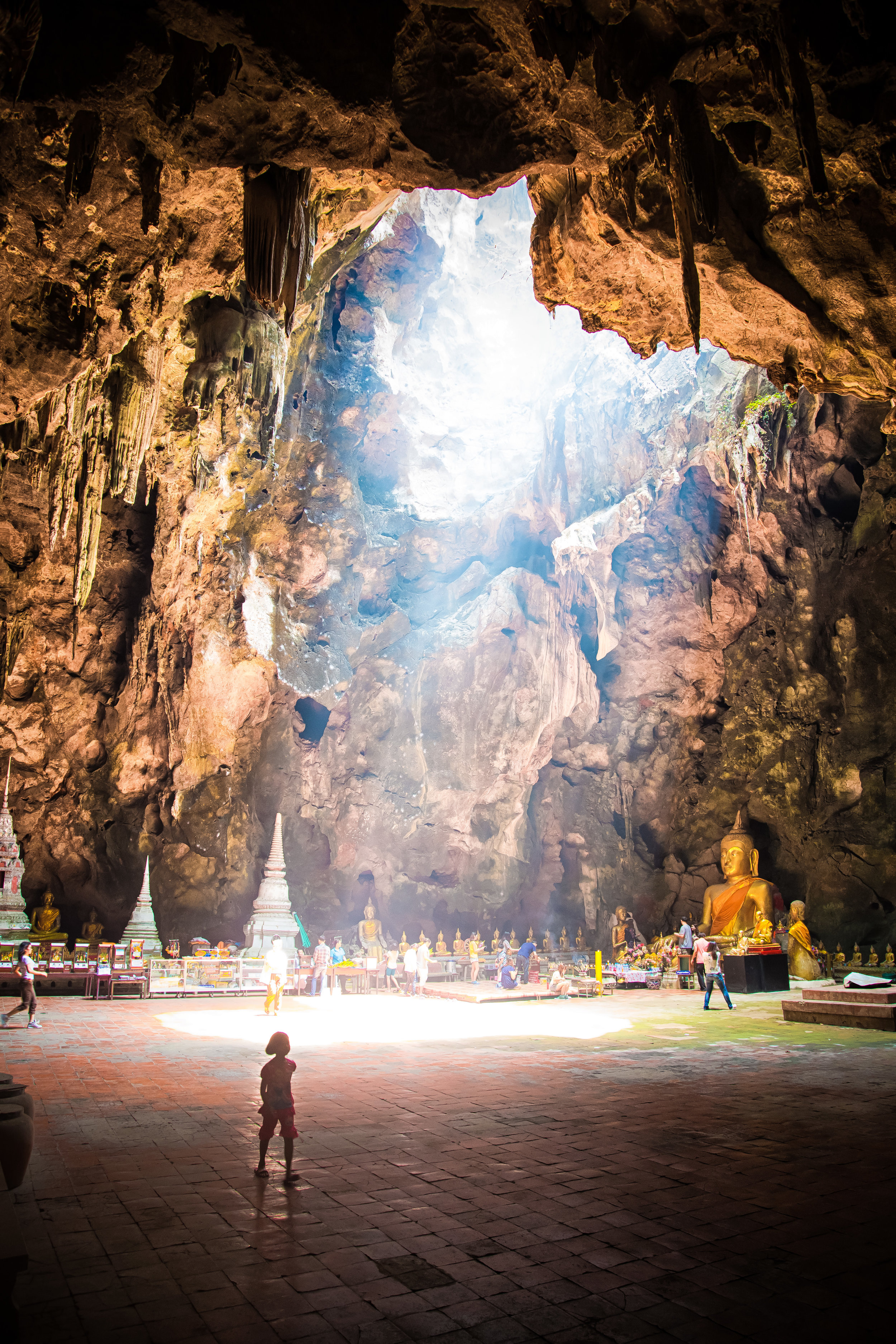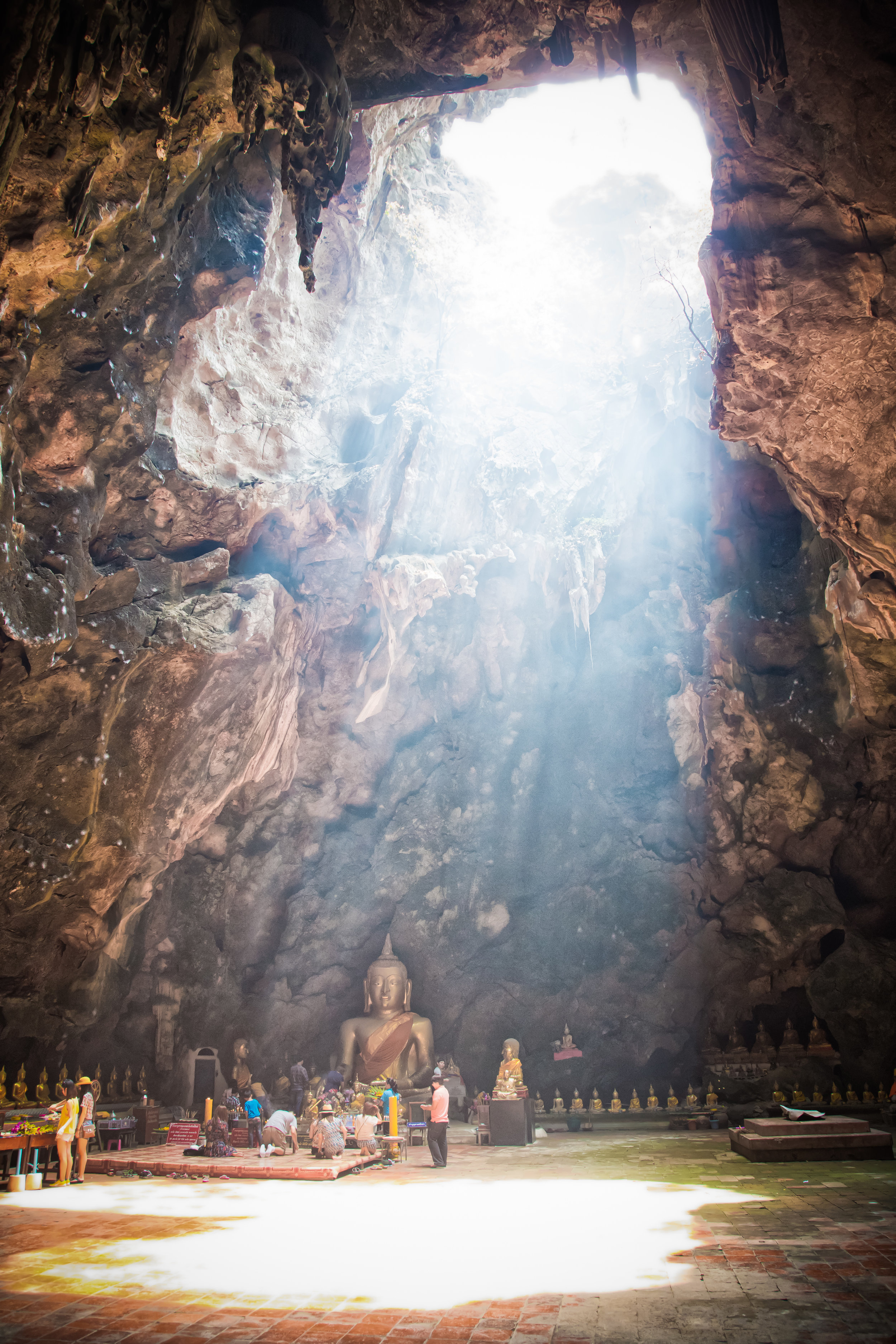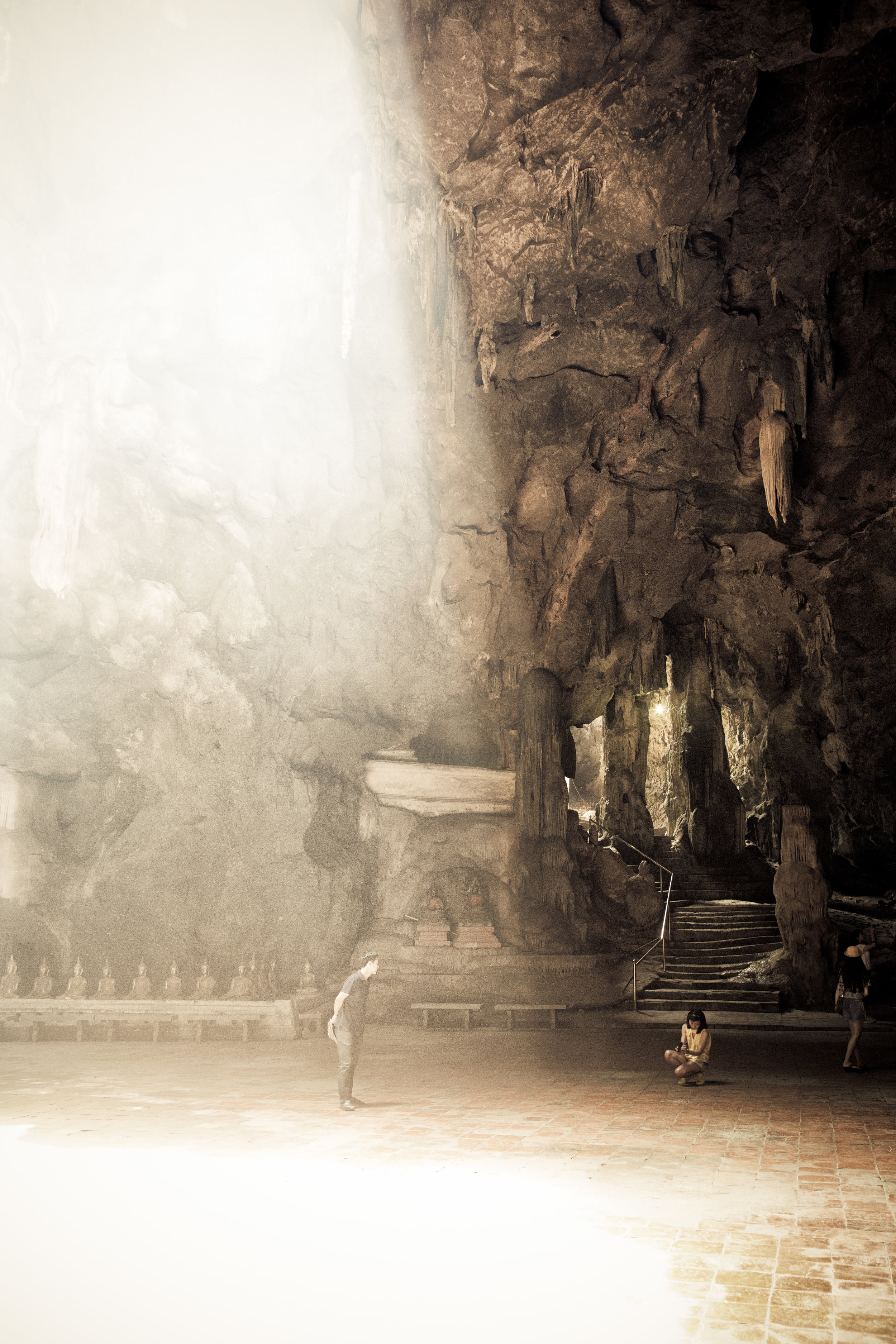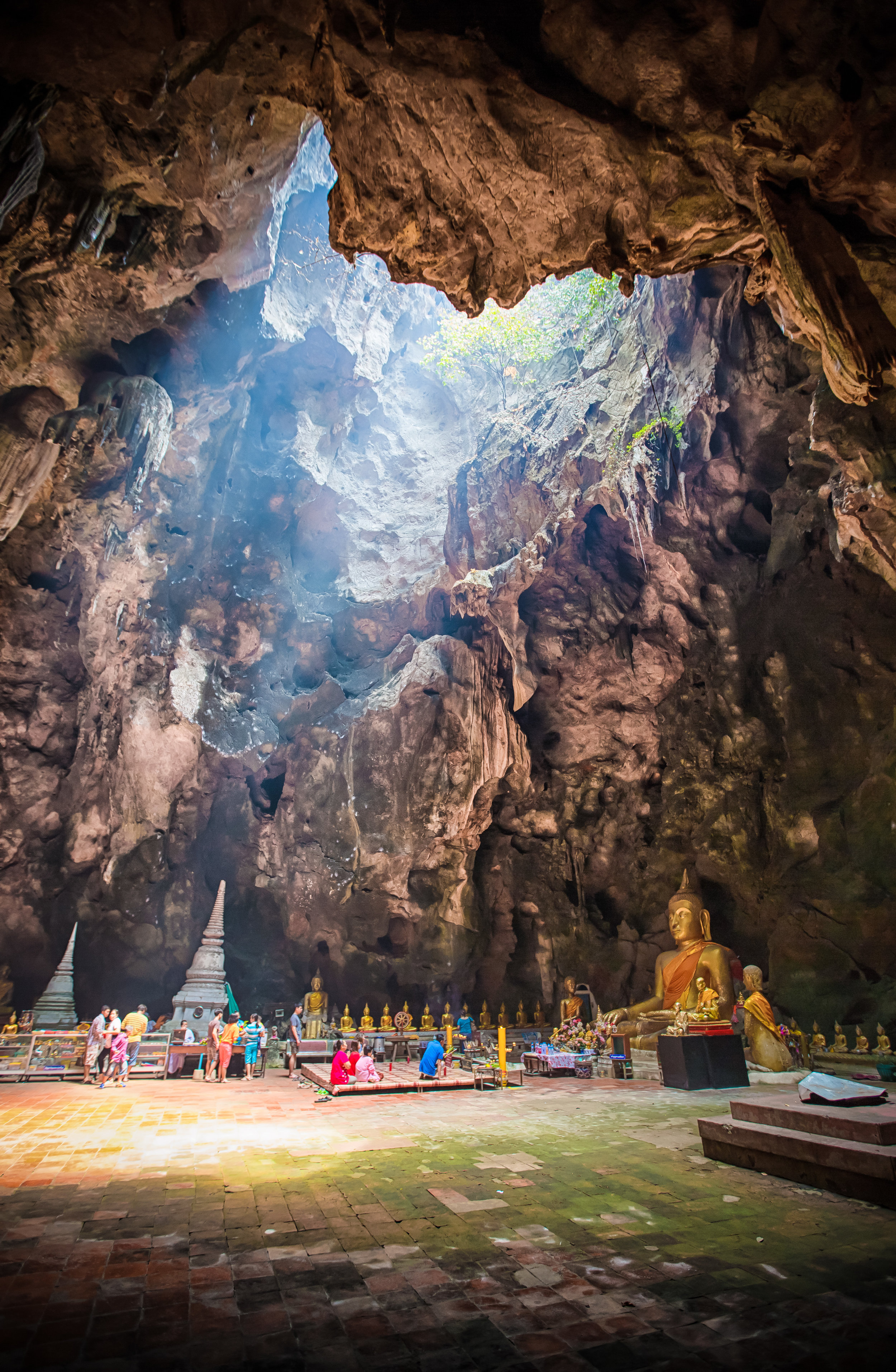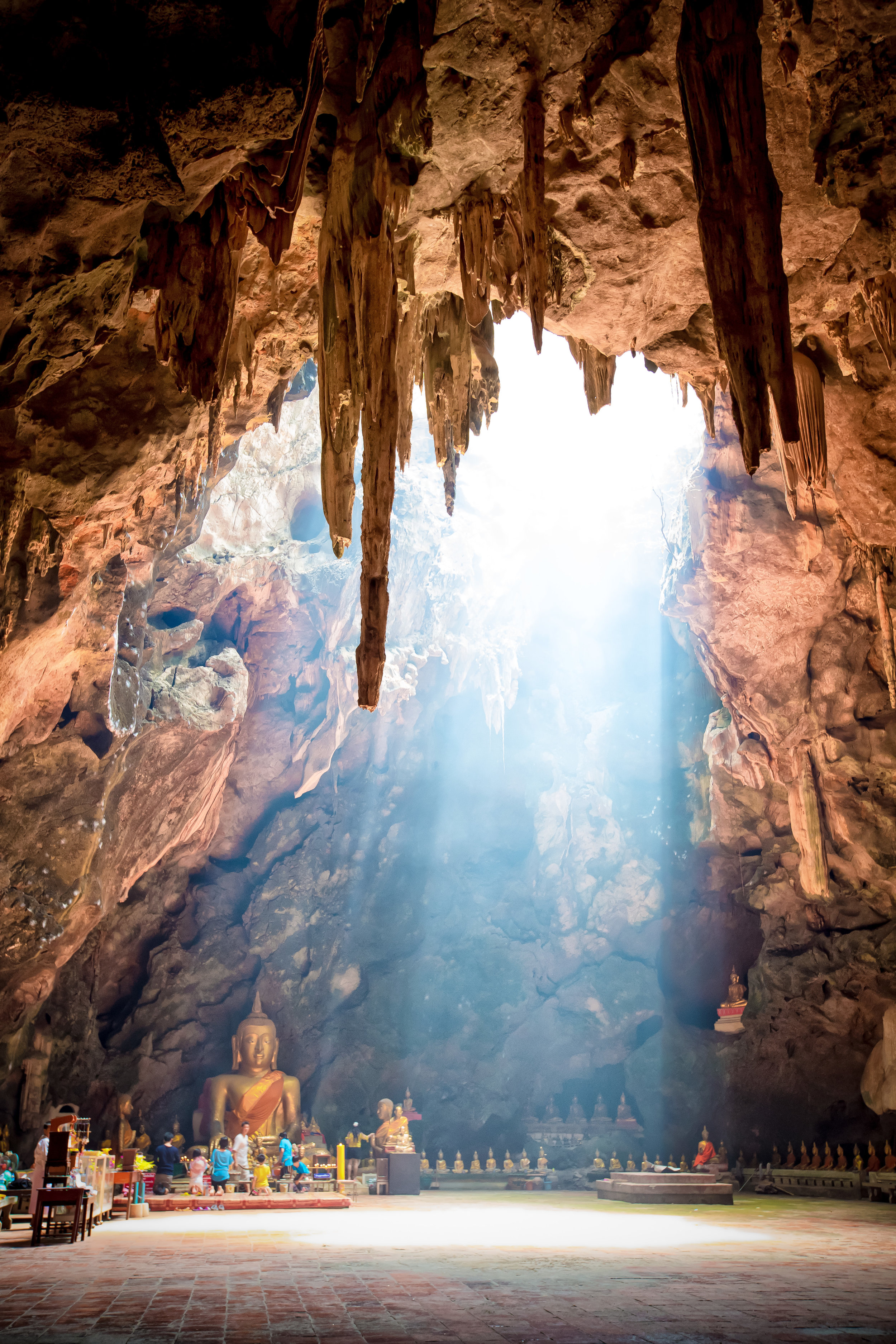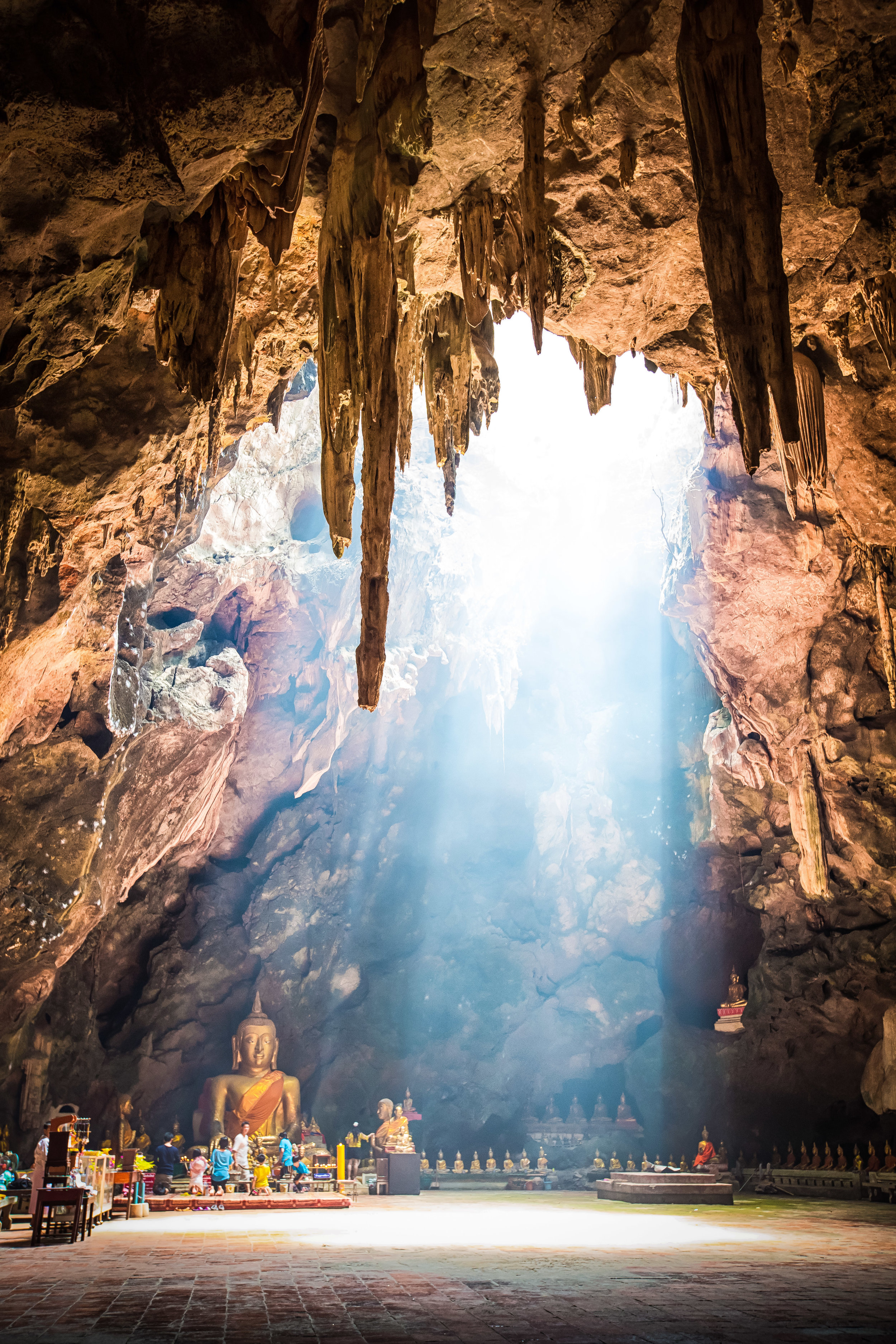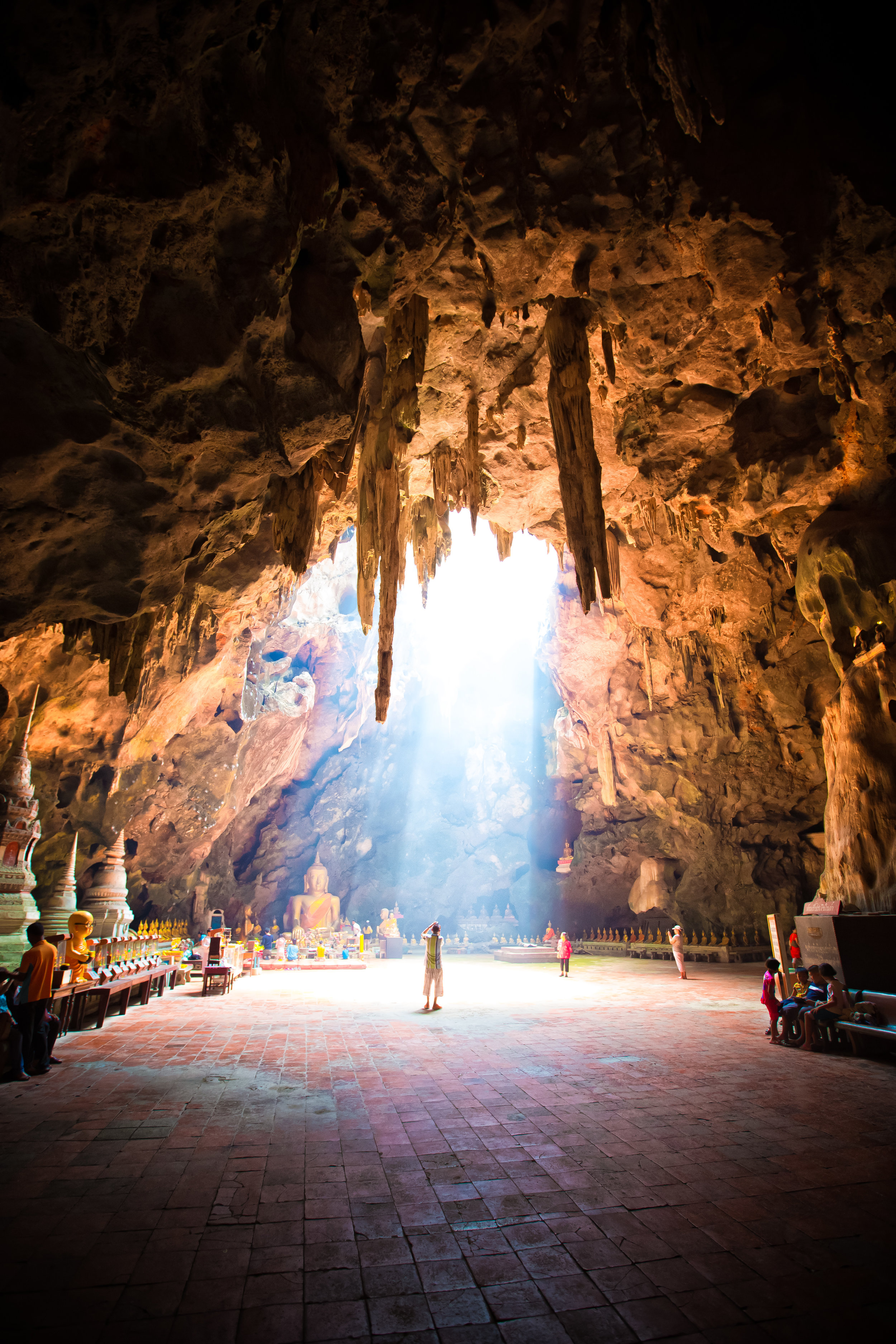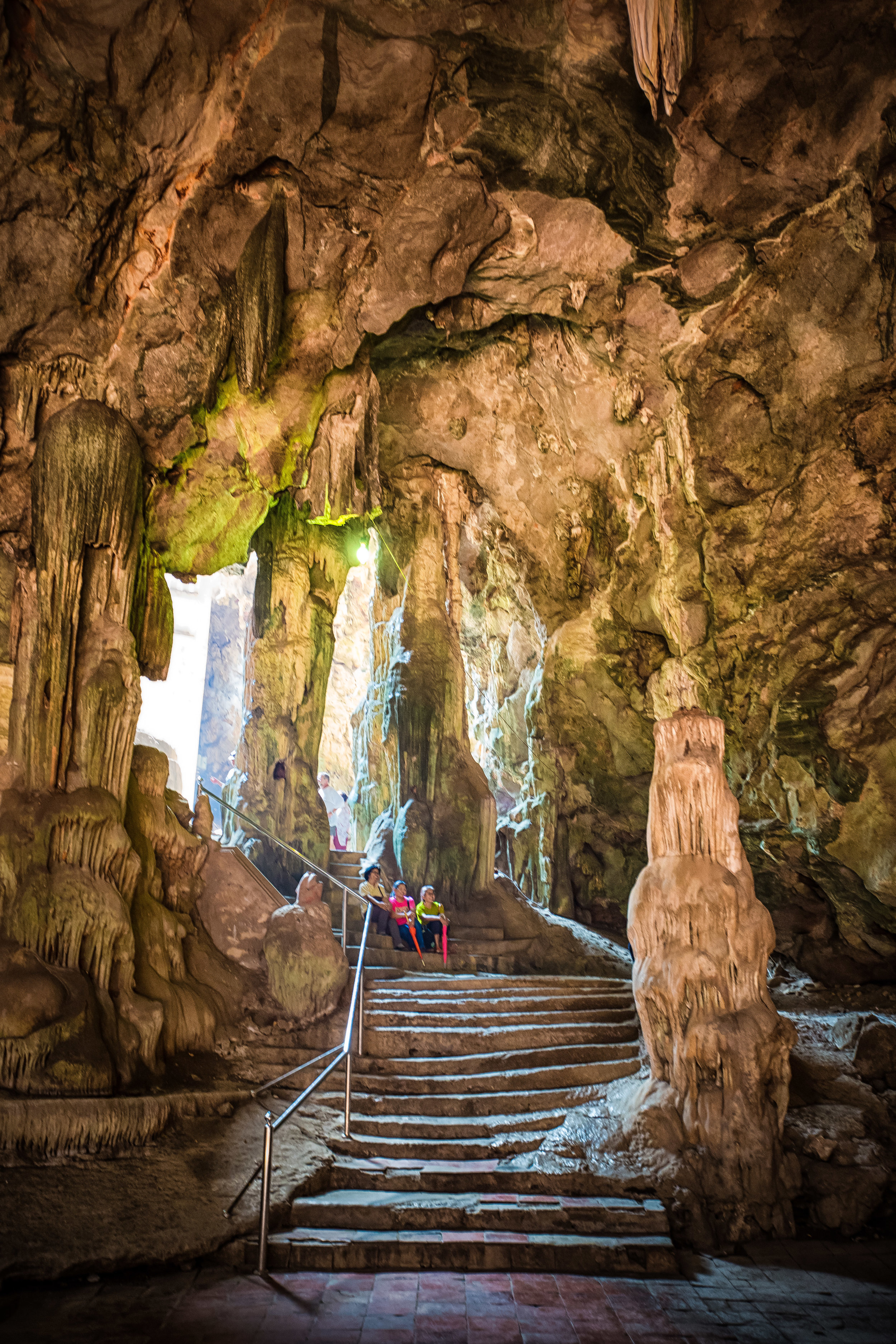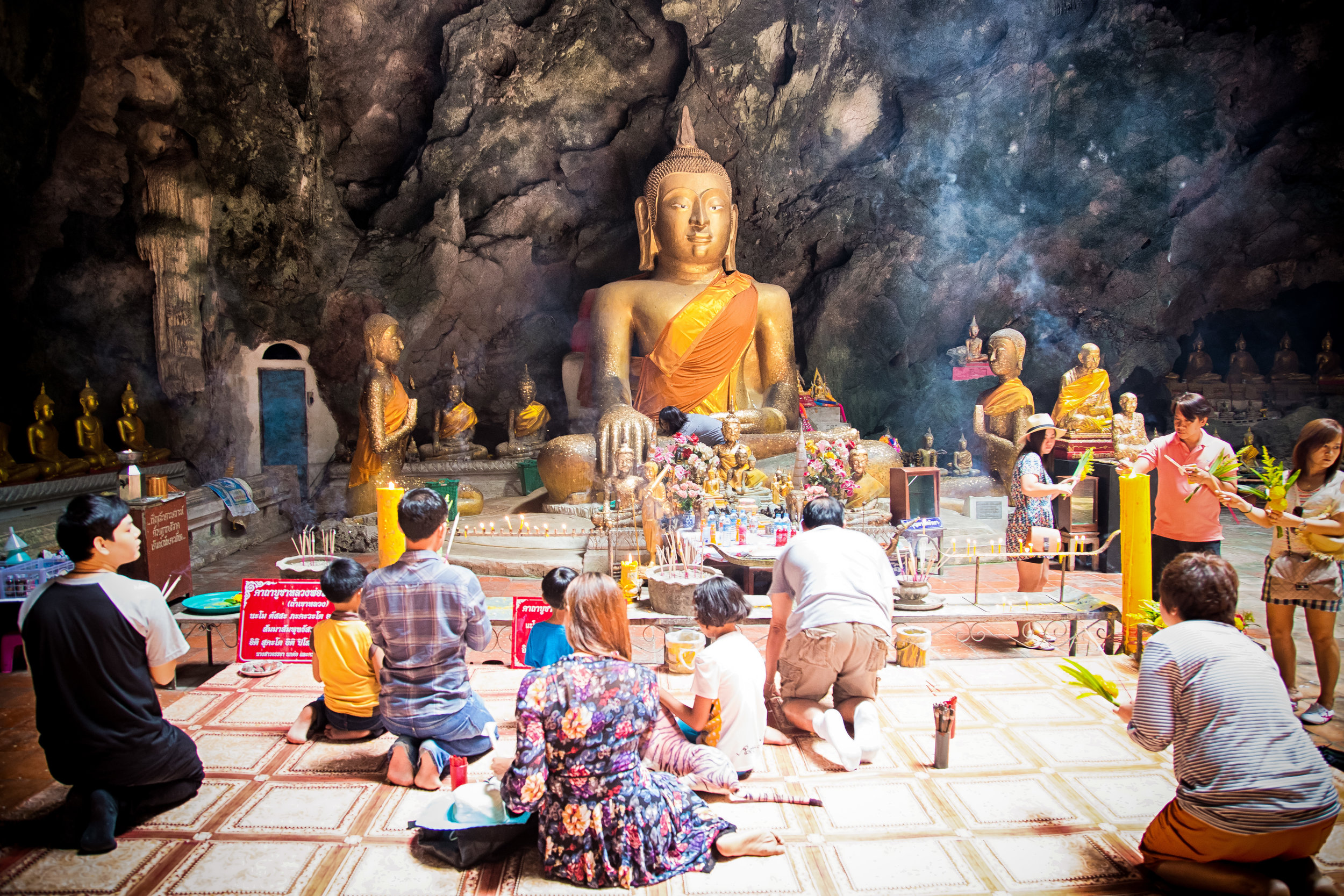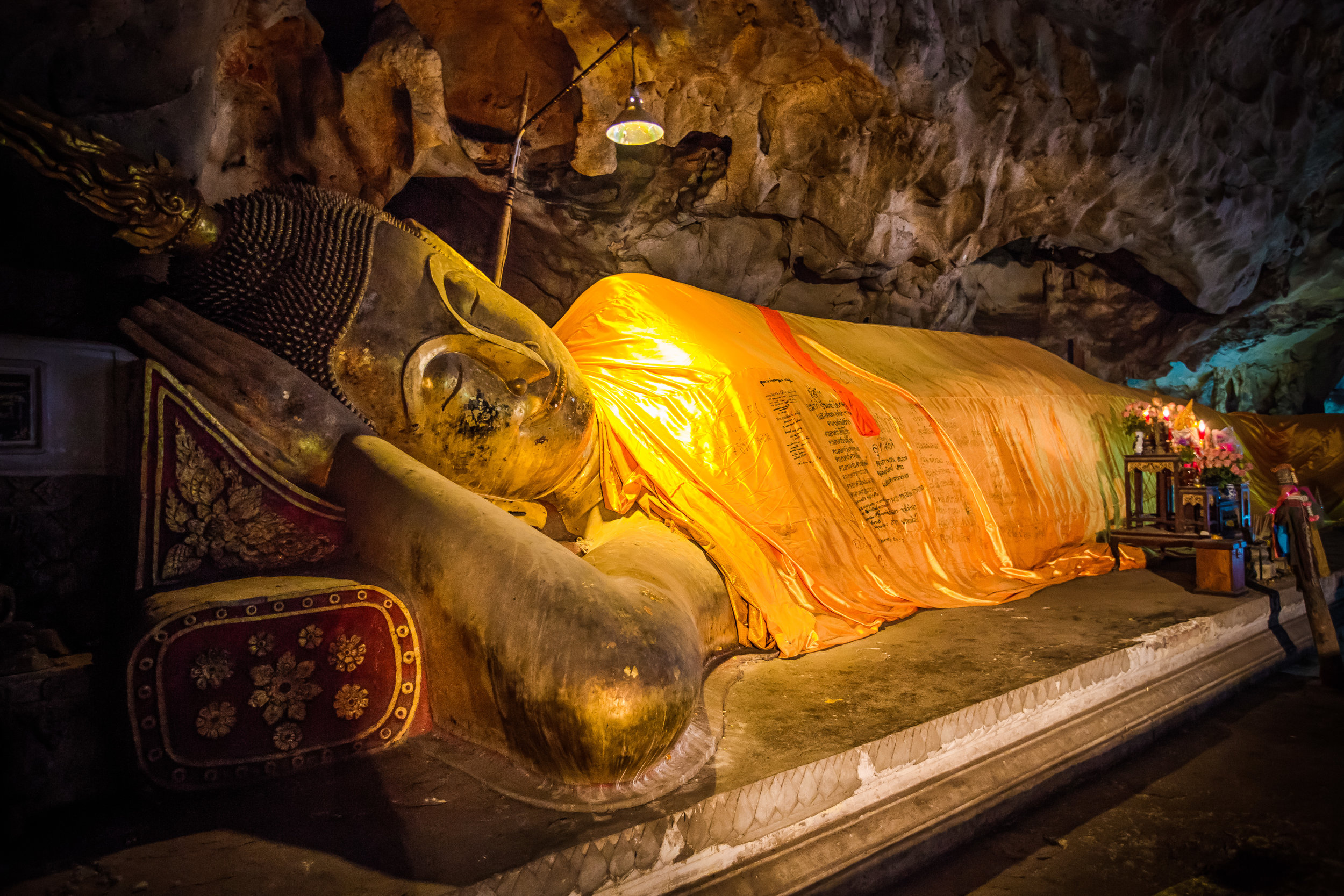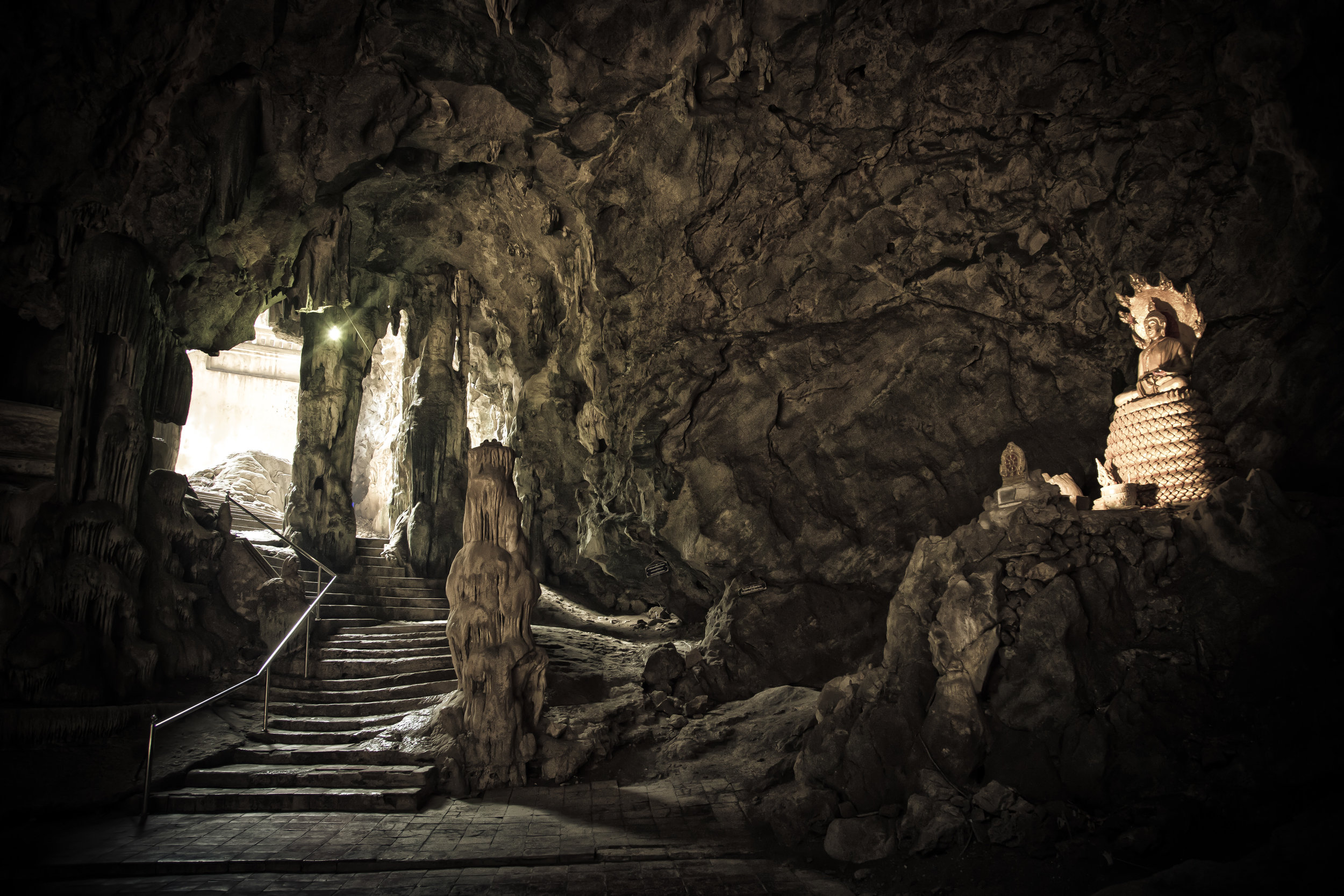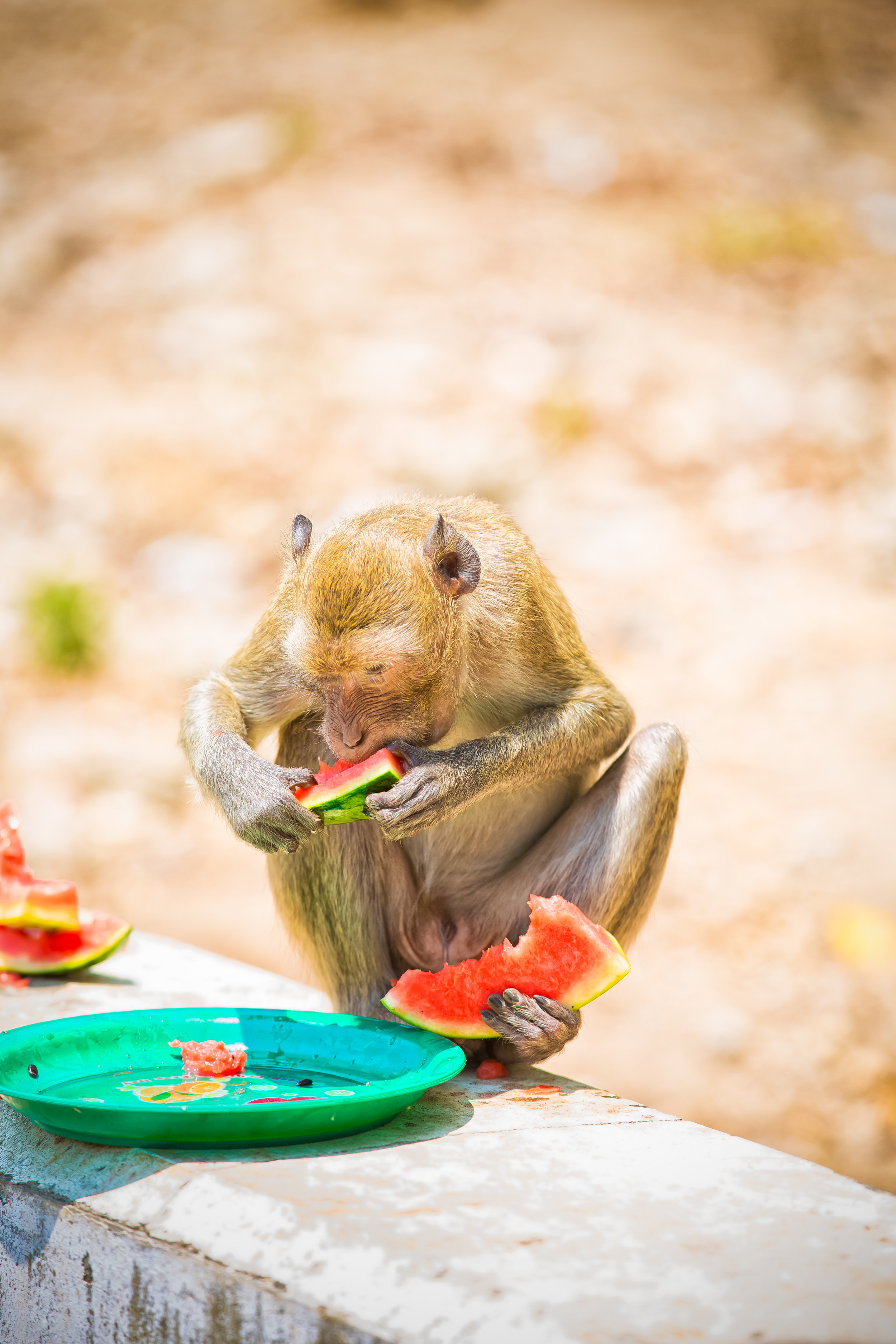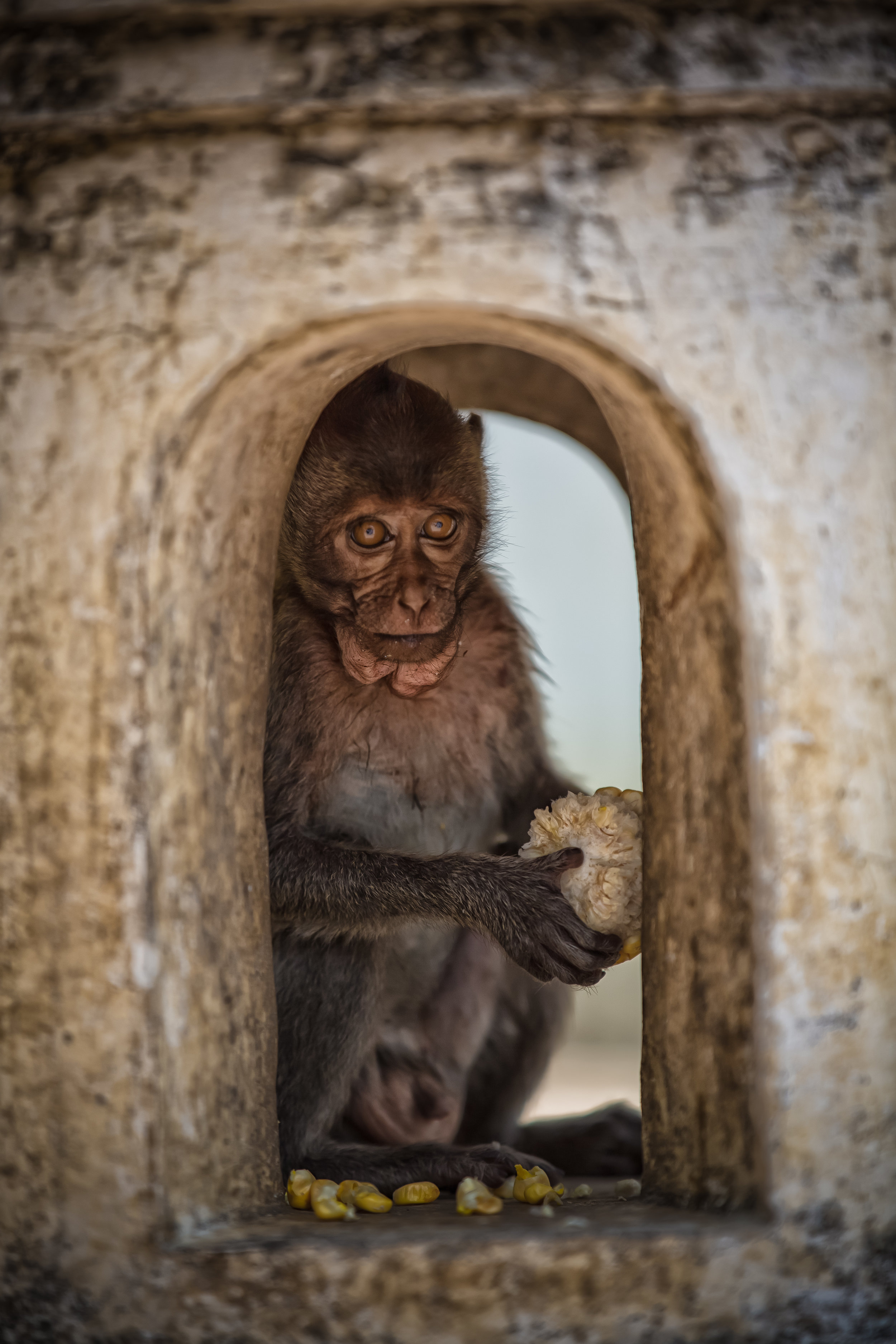Note: As of September 2019, the Tuba Church is closed and a gate has been constructed to block access to the church for both the local indigenous community and tourists alike.
The period of closure is currently unknown due to a land dispute with the land owner holding the local community hostage for the price of $10,000,00NT.
Until the church reopens to the public, I’ll leave this notice here. If you are planning on visiting the area, make sure to check local news to see if it’s reopened or now.
A year or so ago I wrote about the historic stone TUBA Church in the mountains of Taoyuan. The church which was constructed by the Atayal People (泰雅族), one of the largest Indigenous groups in the country, is a semi-popular stop off for weekend day trippers visiting Taoyuan and one of the many interesting tourist spots in the area.
Over the past few months the church has become quite popular with the photographers of Taiwan who visit at night to try to get some shots of the church with the stars in the background. I've seen some really nice shots of the church on Instagram over the past few months but the success of the photos are extremely dependent on the weather and Taiwan's mountains aren't always the most reliable places when it comes to that.
Admittely, the shots I'm sharing today of the church are all from my second visit to the church. The first time I visited was supposed to be a clear night but just after I arrived clouds rolled in and getting the shots that I wanted wasn't really an option.
This kind of thing is common in Taiwan though, so undeterred from my first failure I planned to take another trip out there on a night when the weather was looking good enough to try again.
When I arrived on my second attempt there were quite a few photographers hanging out trying to all get the same shot. Clouds rolled in quickly after I arrived though and almost all of them took off. Since I had just arrived I decided to be patient, watch a video on Youtube and wait to see if the clouds would pass.
Luckily they did and the photos I'm sharing here today are the result. I hope you like them.
If you haven't read my original post about the church, here is a bit of history that I pulled from the article to explain it:
The church was constructed by the Atayal people (泰雅族) in 1963 as a place for the people of the remote Tuba tribe (基國派) to worship. The tribe built the church with their own hands using stones that were carried one-by-one from the nearby Sanmin Batcave (三民蝙蝠洞).
The small place of worship was used between 1963 and 1992, but ultimately became too small for the growing population of the tribe which took a much more modern approach to the construction of their new church which was constructed nearby.
After the congregation moved to the newer church, the original fell into a state of disrepair due to a lack of usage and maitenance. The community realized however that the church was not only an important part of the tribes history but also had cultural value that could help the people of Taiwan learn more about the tribe.
Today the church stands in its original spot and is celebrated as a monument to the preservation and cultivation of Atayal culture and history and is now recognized by the government as a national historical monument.
How did you get these shots?
Some people have asked how I was able to take these shots and what equipment was neccessary.
All you need is a camera, a wide-angle lens, a tripod, a remote control (would be great) and patience.
Truthfully it doesn't matter what camera you are using as long as you have the ability to control its functions. You'll need to learn how to take Long-Exposure shots and that is quite a bit easier if you know how to use your camera's Bulb Mode with a tethered remote control to control your timer.
If you don't have a remote control with your camera, it's fine, just set your camera to Manual or Shutter-Priority Mode and turn the dial on your camera to your desired exposure time. Once you press your shutter button make sure that your camera is stabilized by the tripod and you don't move it. Any movement between the time the shutter opens and closes is going to mess up your shot.
A friend suggested that I spent quite a bit of time in Photoshop doing post-processing work on these photos to achieve these results.
I'm going to let you in on a little secret - The shots I'm sharing today were taken while my camera was tethered to my iPhone 7. Each shot was directly fed onto my phone and I used Google's Snapseed Photo Editor to post-process these photos - each photo taking no more than one minute of work.
You don't need the biggest and best camera with the most expensive lenses to take shots like these. You also don't need to spend a lot of time working on them in Photoshop. Anyone can take these kinds of shots, so don't be afraid to learn about your camera and its functions!
If you have a chance to visit the church at night I hope the weather cooperates and you get some great photos!





















